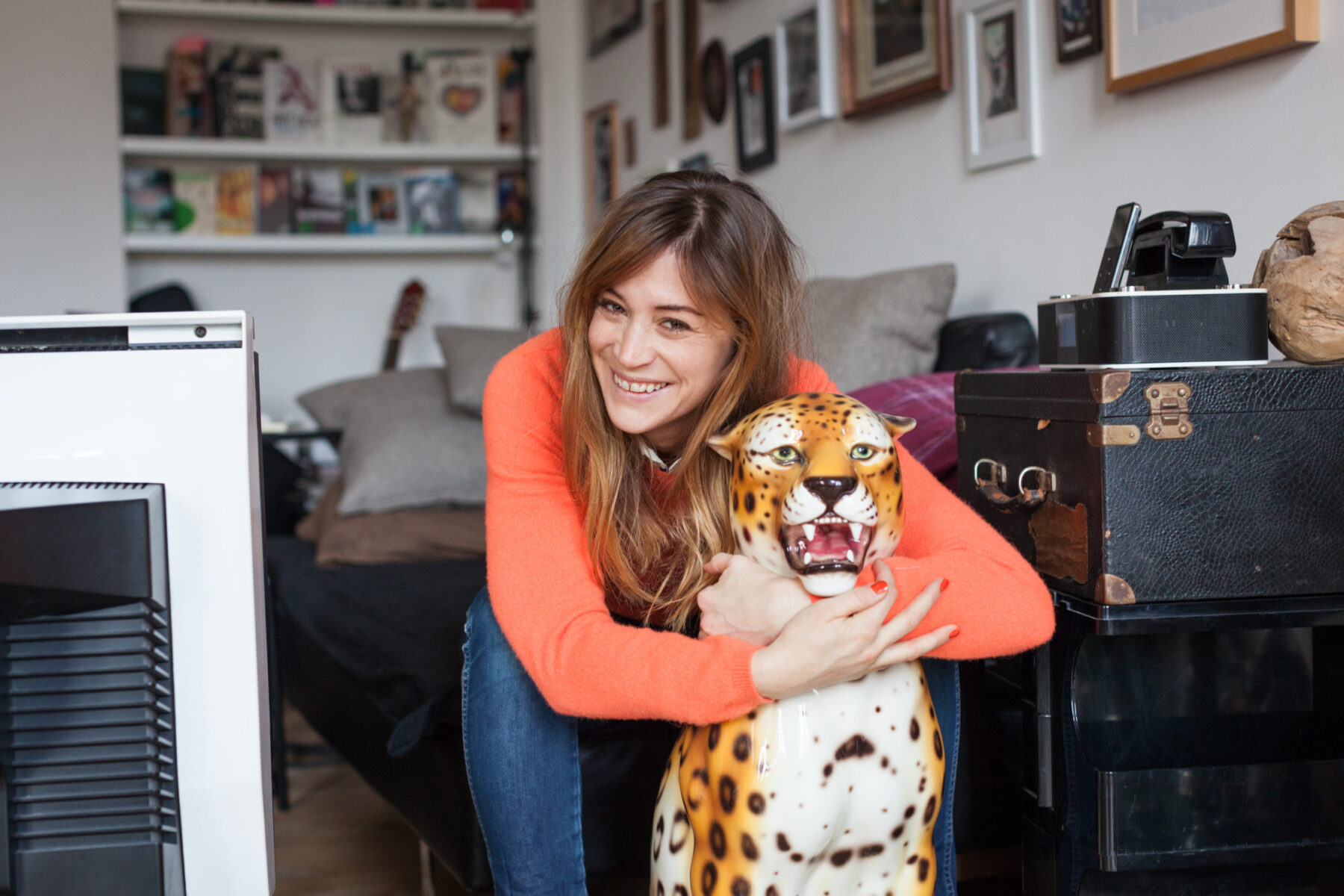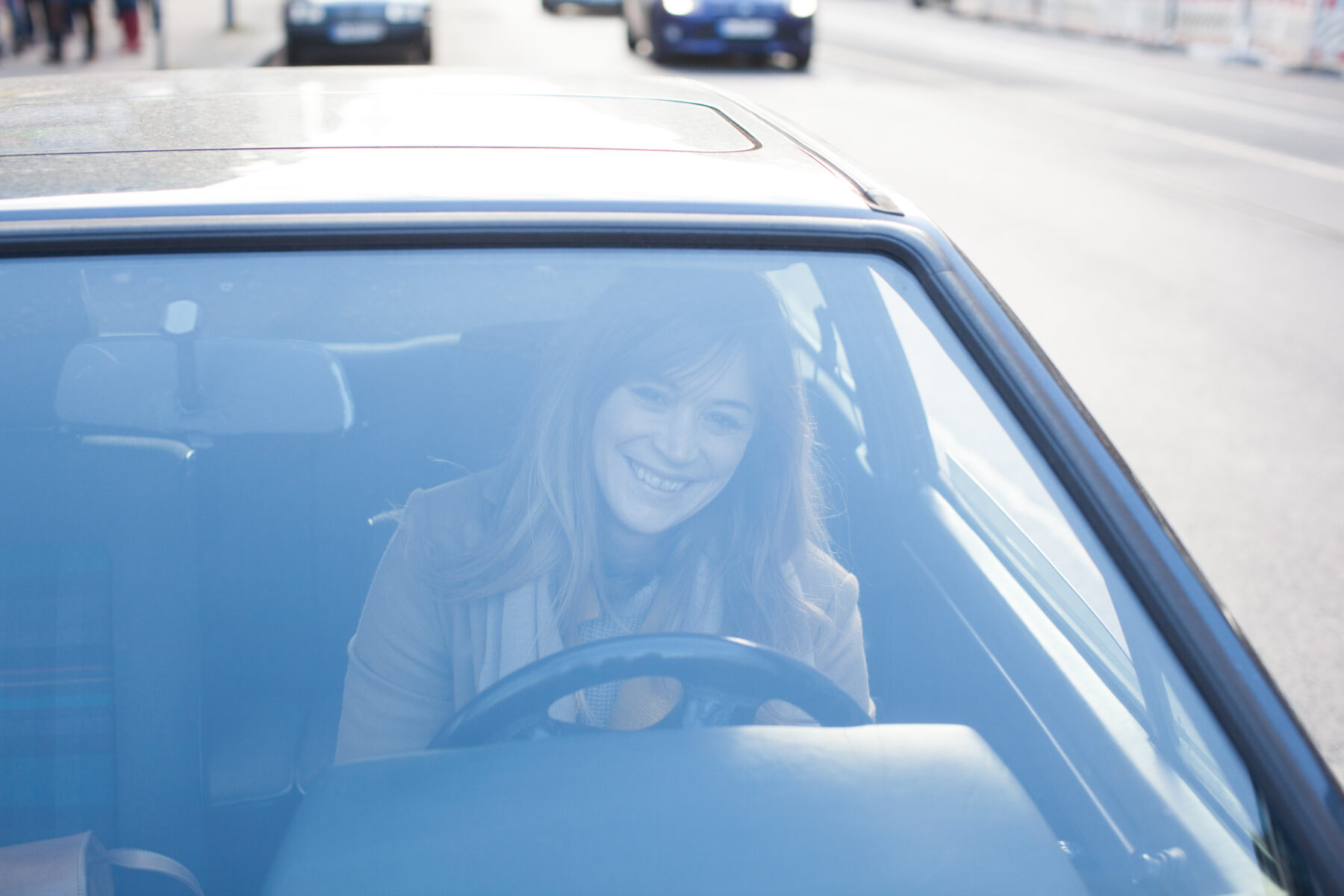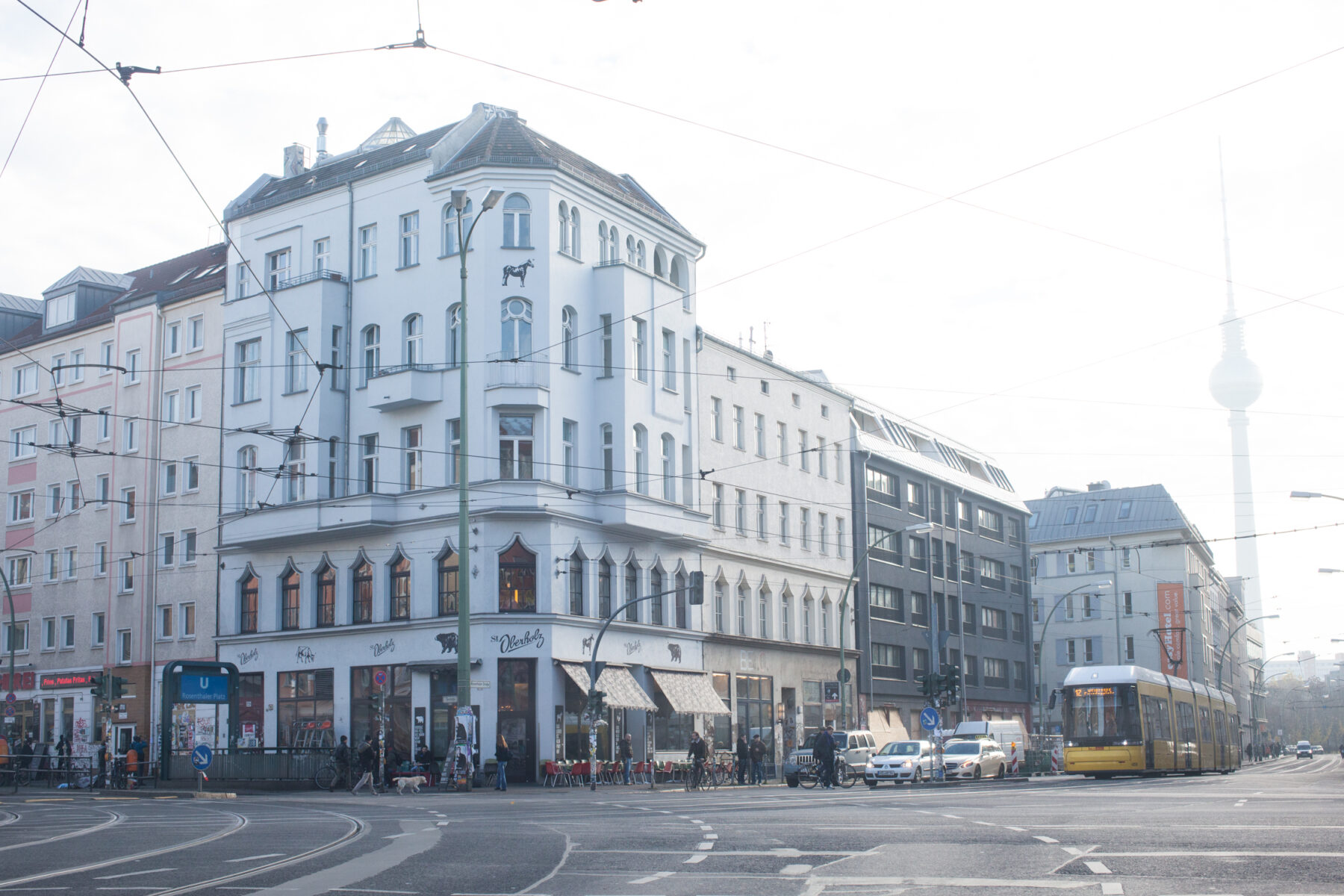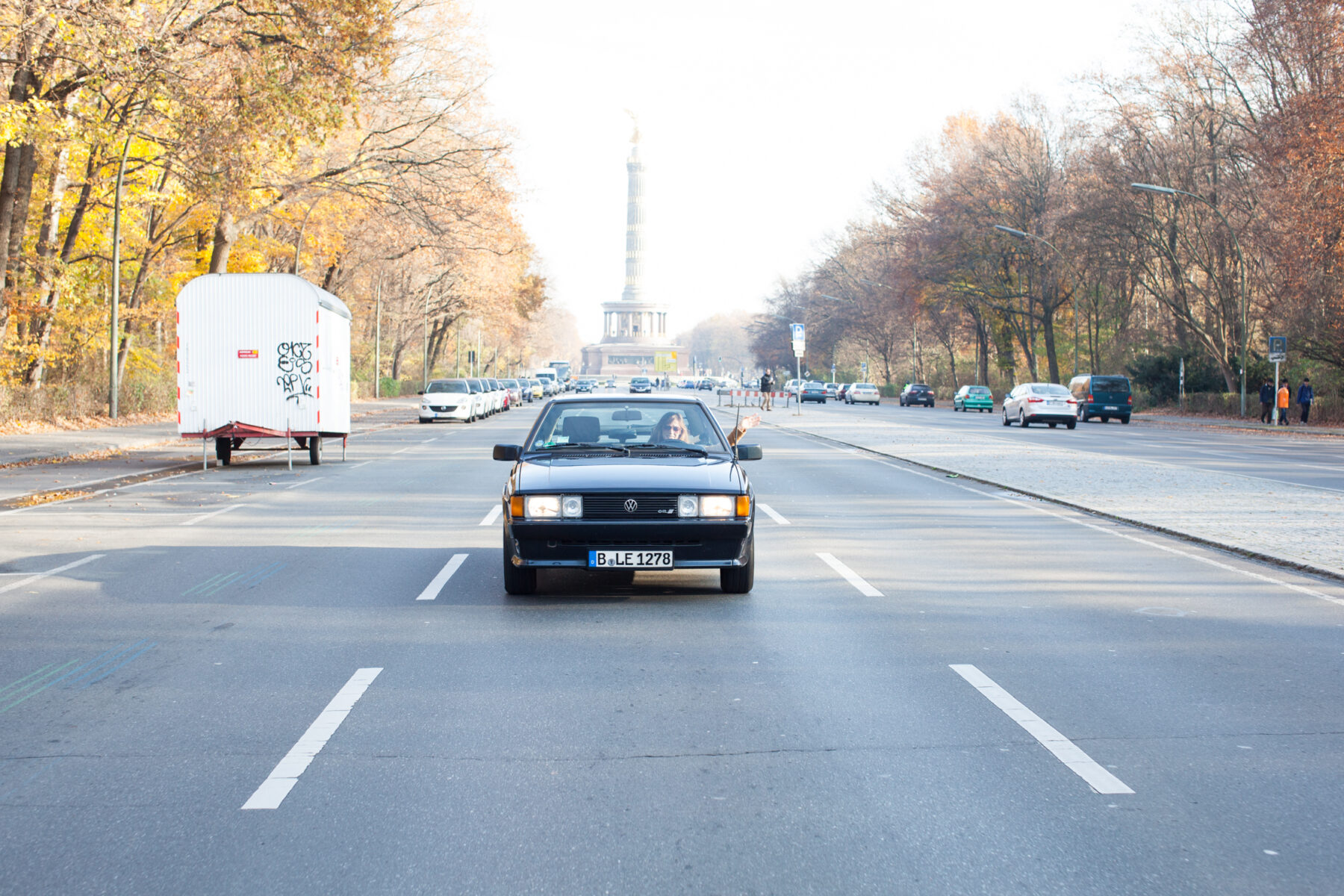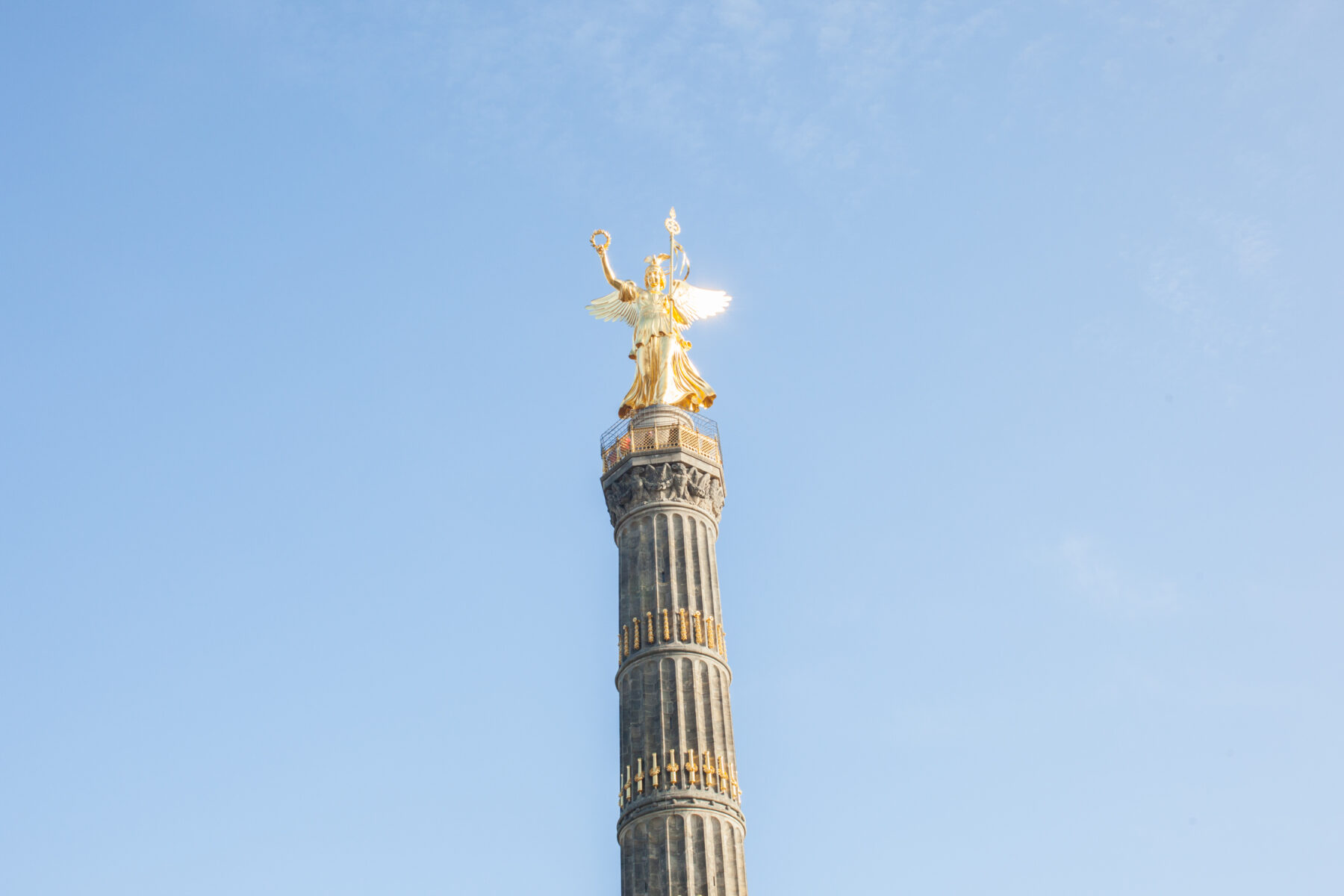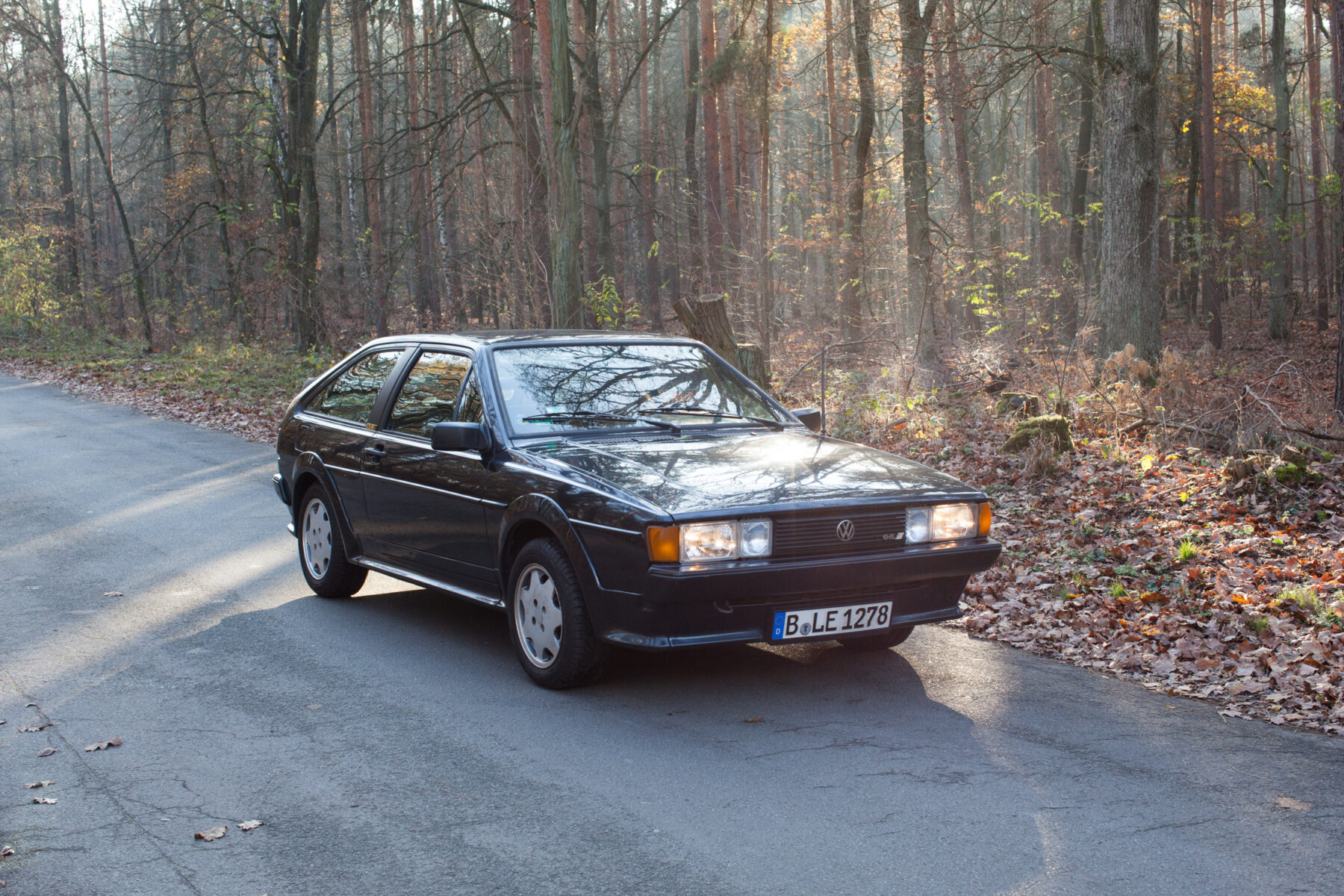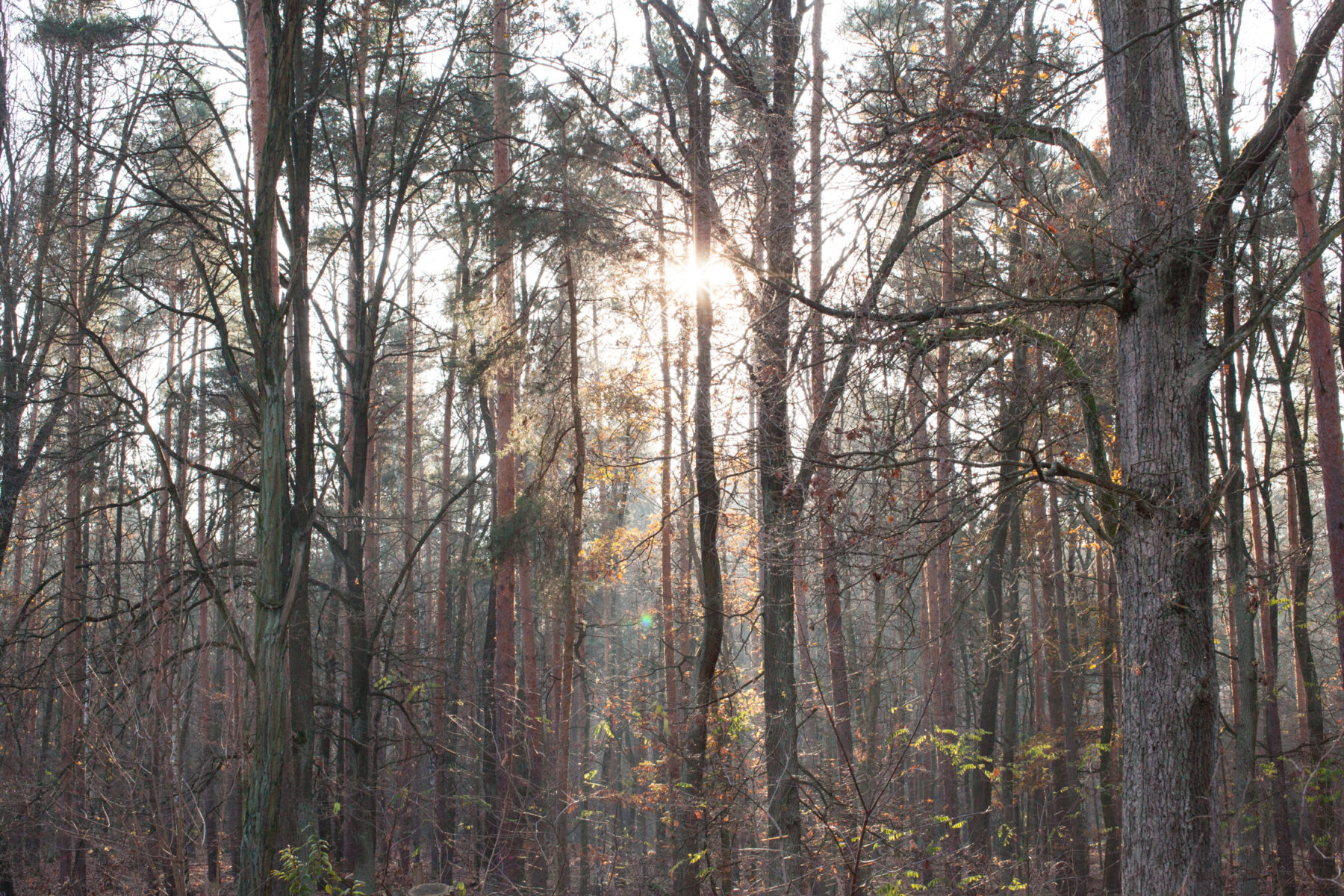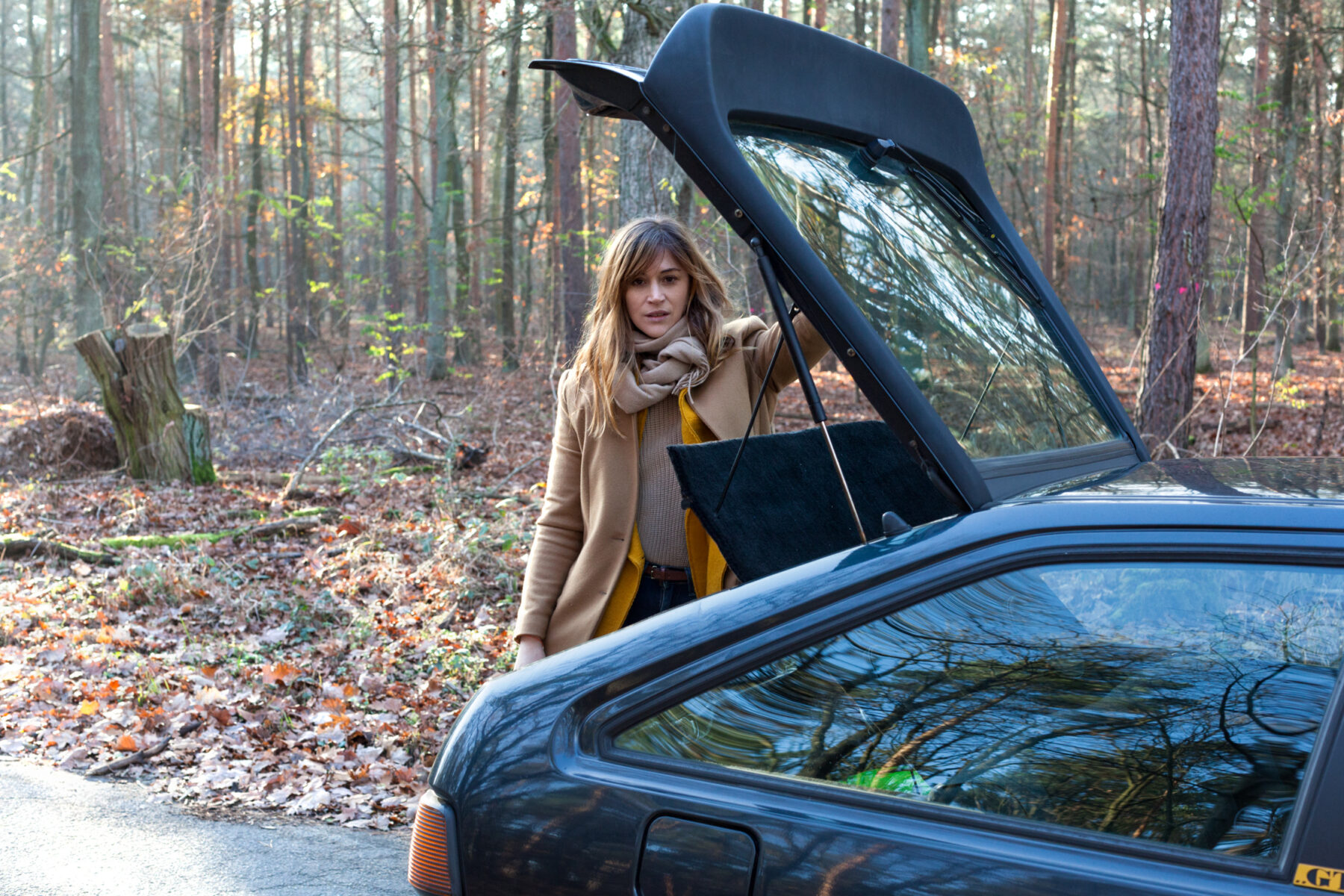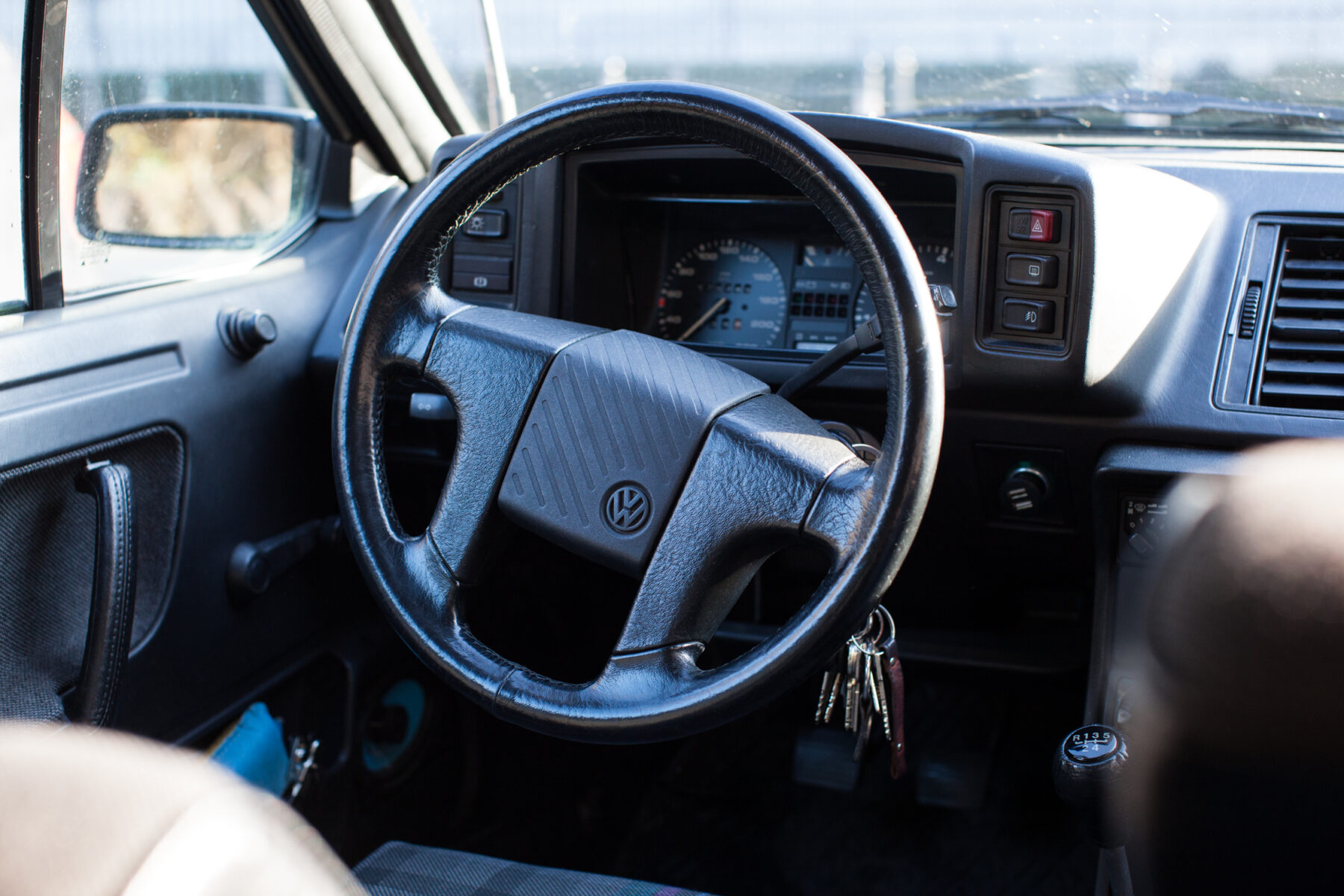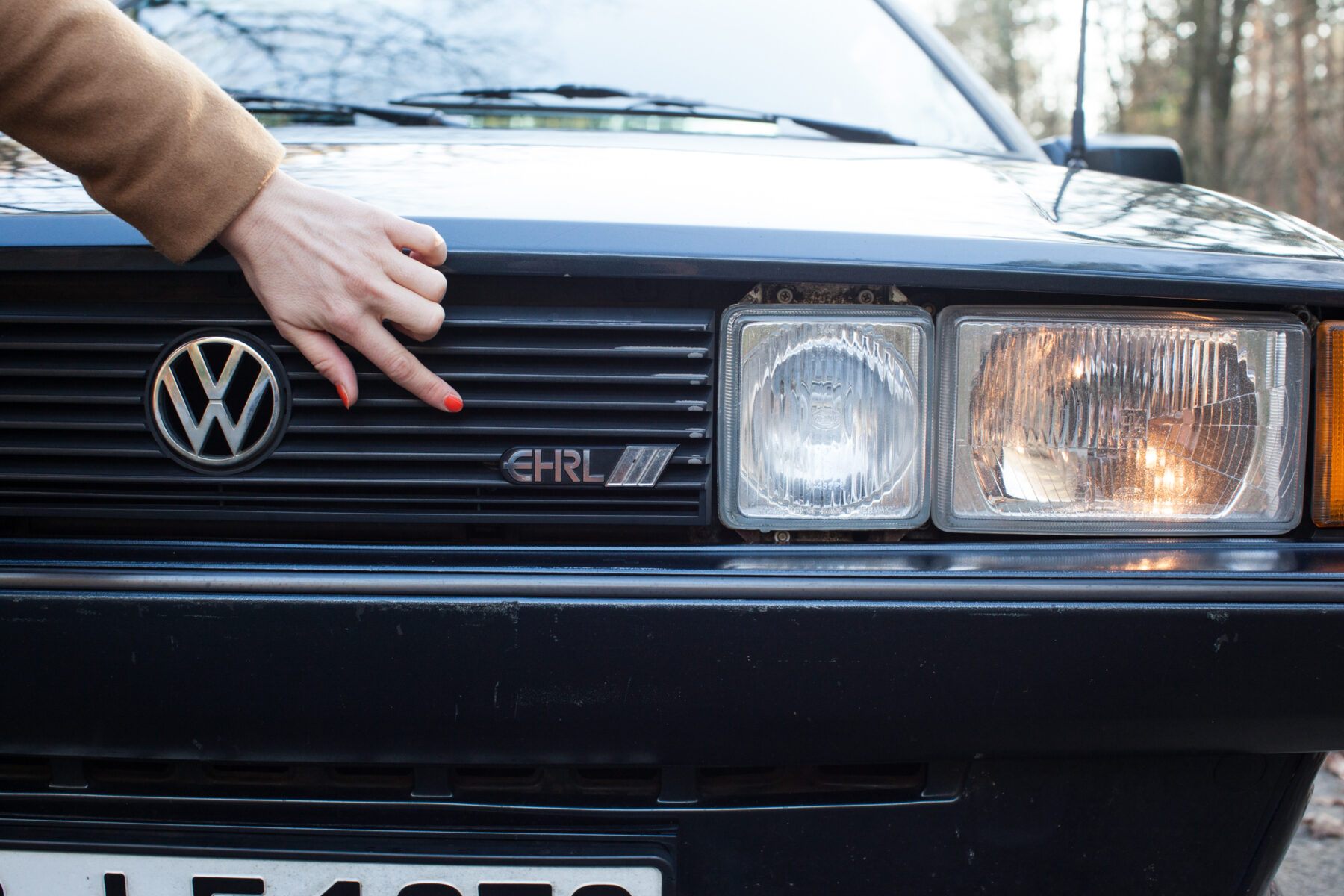As a fashion stylist Linda Ehrl has already been quite successful: She’s dabbled in everything from haute couture to commerce. In the meantime the born-Frankfurter has been increasingly applying her aesthetic sensibility to interior design.
Raised in Sweden and the Black Forest, Linda traveled across the globe as a teenager. After her studies and positions in Paris and Milan, she returned to Berlin. Linda’s home in Germany’s capital city bears witness to her colorful life.
Tasteful furniture classics combined with beautiful props set Linda’s apartment apart from the rest. Between a porcelain leopard, vintage film posters and souvenirs from all over the world, she tells us about her everyday as an interior designer – and why her Volkswagen Scirocco, dubbed the Porsche of the poor, is her favorite car.
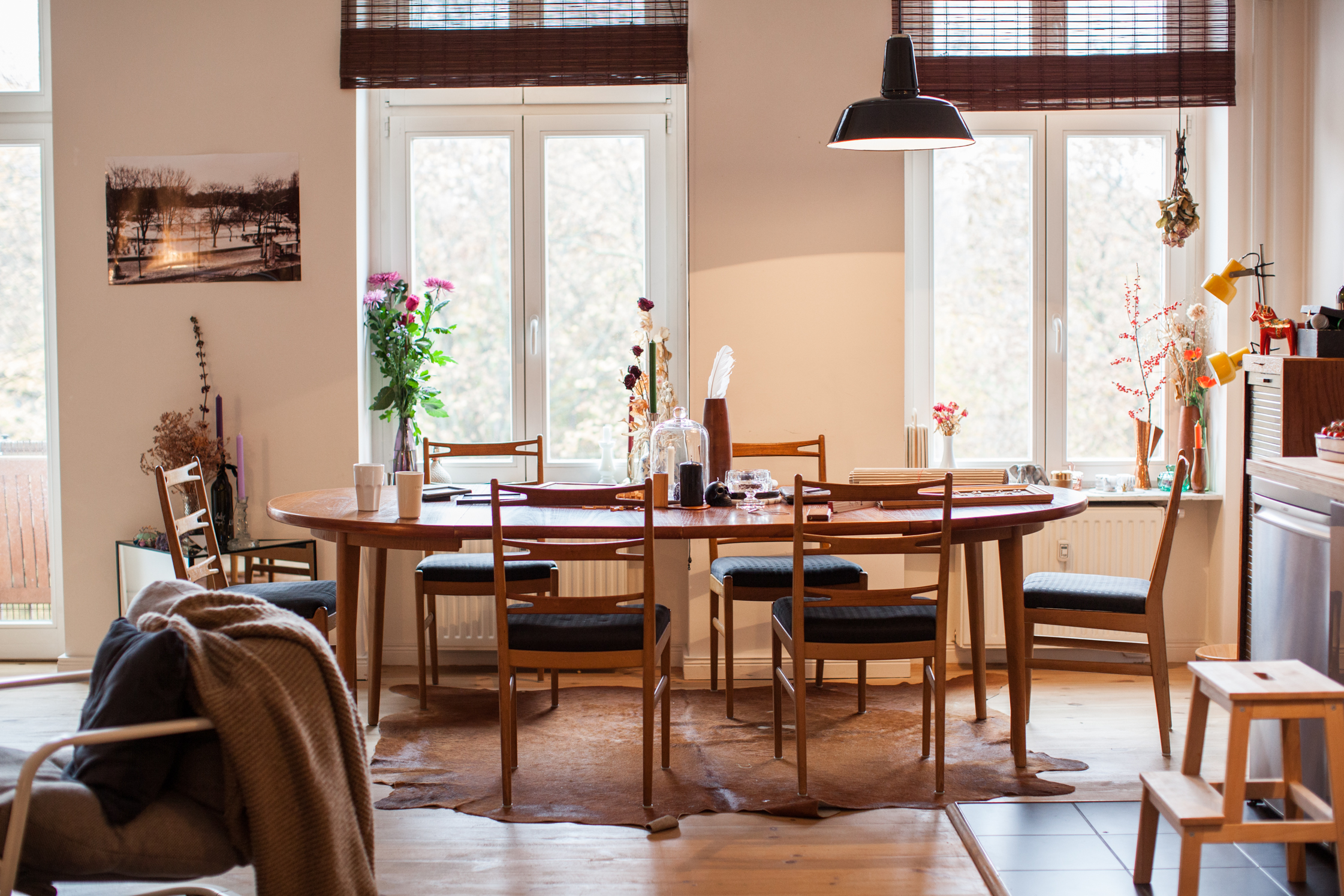
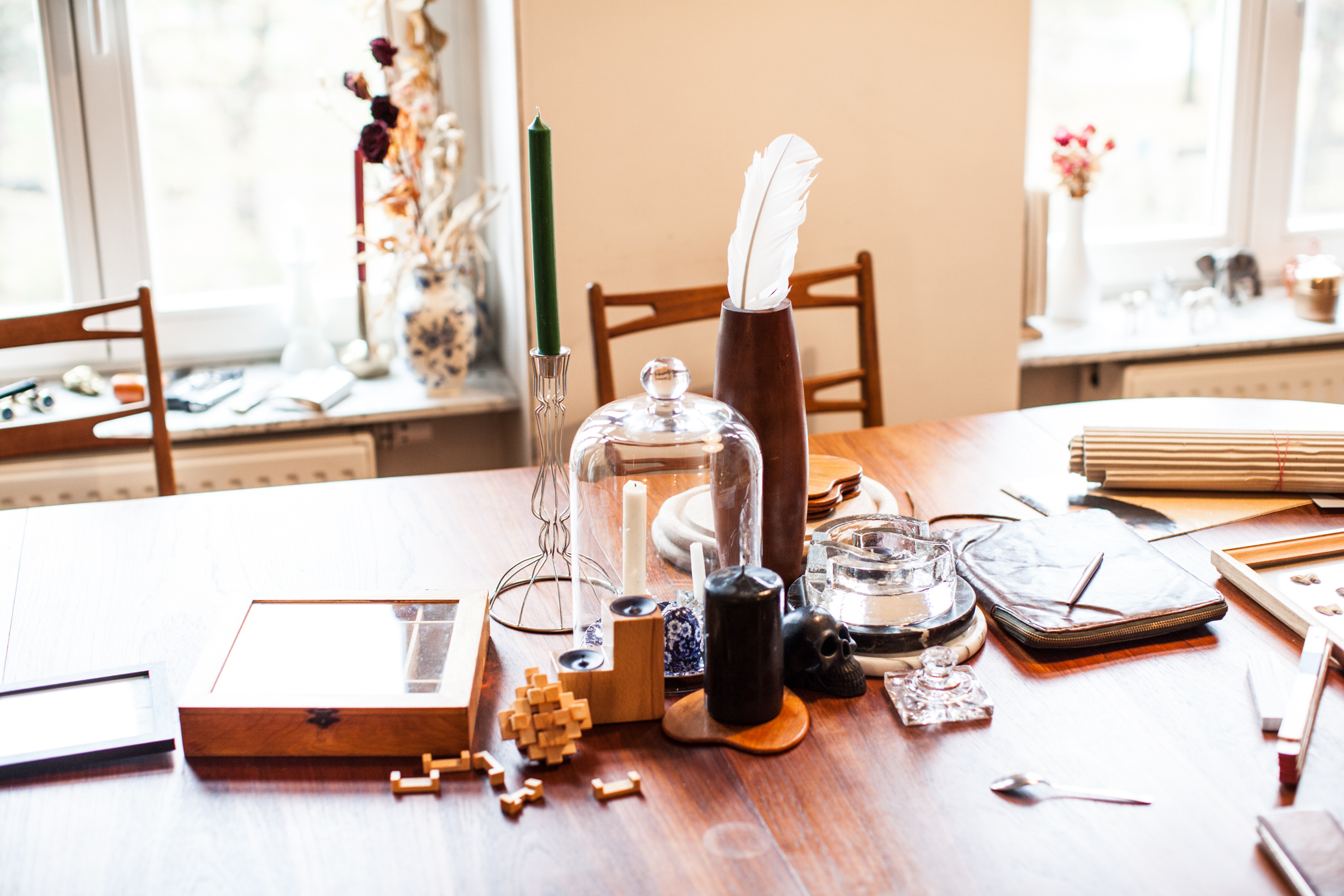
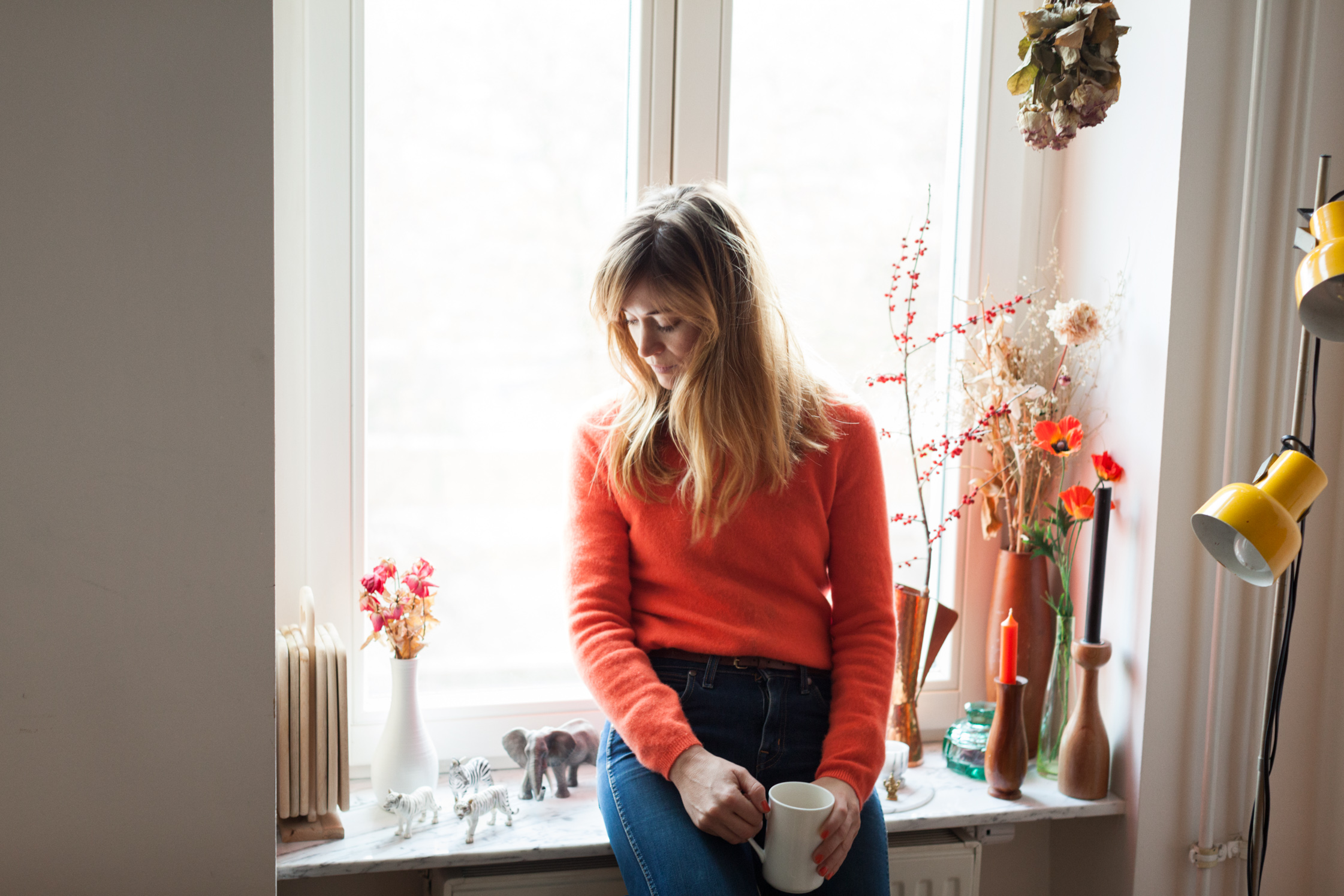
-
You were born in Frankfurt am Main, but you grew up in the Swedish island of Öland and in the Black Forest. How did you end up in Berlin?
When I was 16 my parents moved to Berlin. I came later, two years later, after high school. In the Black Forest I had my own apartment and didn’t want to move to Berlin at first. The city was too big for me. I would have prefered to travel around the world and see where I landed. But when I was here to visit my parents and for high school, I fell in love – with the city but also with a man. He had the coolest car: a trashy old Porsche in silver, with red bumpers and blue fenders. Sometimes we would run races on the banks of the U1 subway.
-
What happened next for you in Berlin?
I studied fashion design at Lette-Verein. Afterwards I moved to Paris and, among other things, designed scarves and ties as a graphic assistant for Chloé International. Then to Milan – again for love. I started working there as a fashion editor for Sportswear International magazine. I did research for our fashion shoots and realized: There are already enough beautiful things in the fashion world, I don’t have to design something as well, rather I can play with what’s at hand. In the meantime, I’m happy to design something on occasion. So in summer 2013 I made a fabric design together with Lukas Feireiss for the Berlin-based fashion designer Michalsky. Then he used it for his entire collection. Out of homesickness I moved back to Berlin in 2005, to be the fashion editor for Bread & Butter. In 2008 I started working as a freelancer, but after a while something was missing: I didn’t just want to implement the ideas of others, I also wanted to help shape the concept.
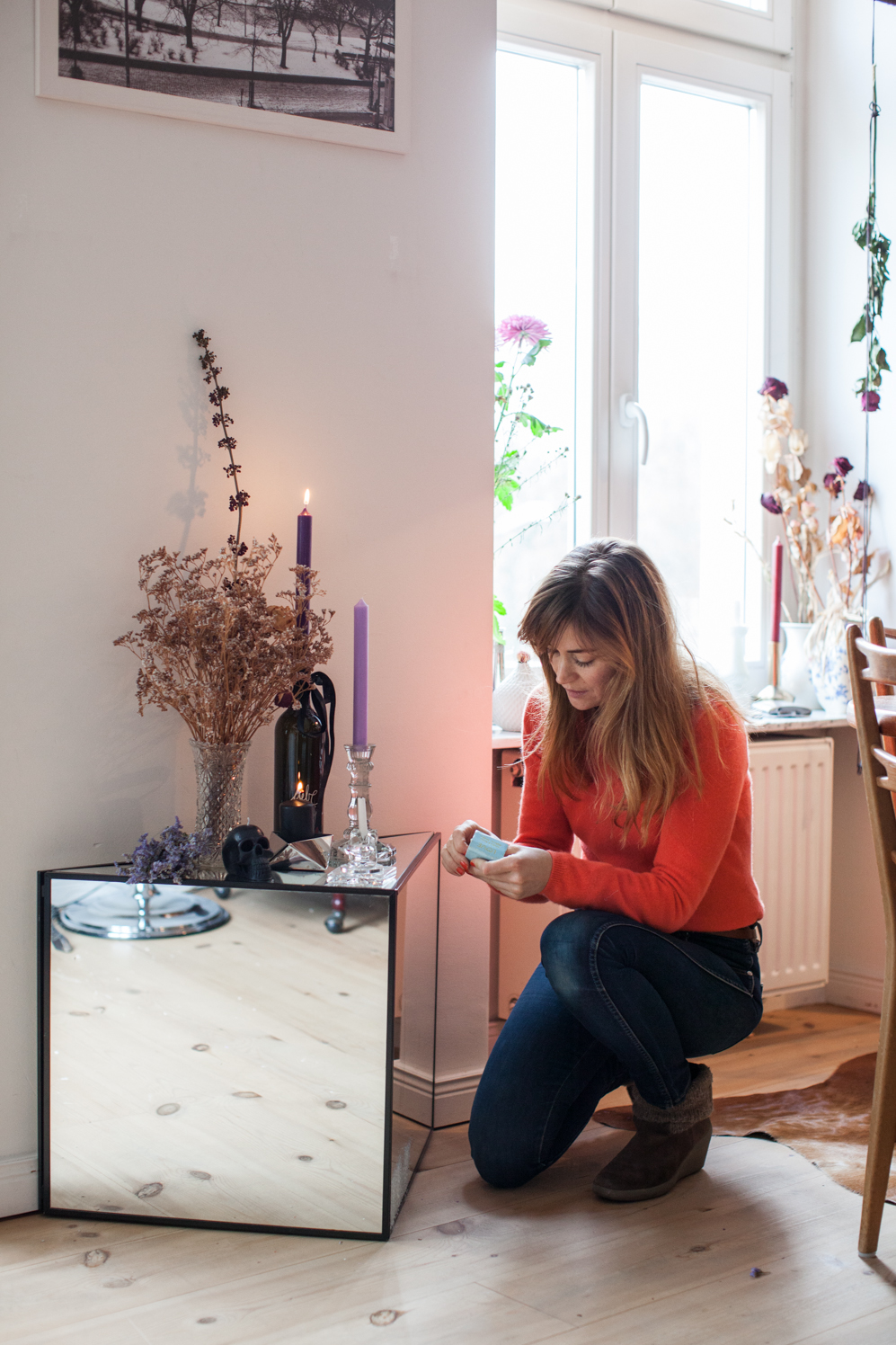
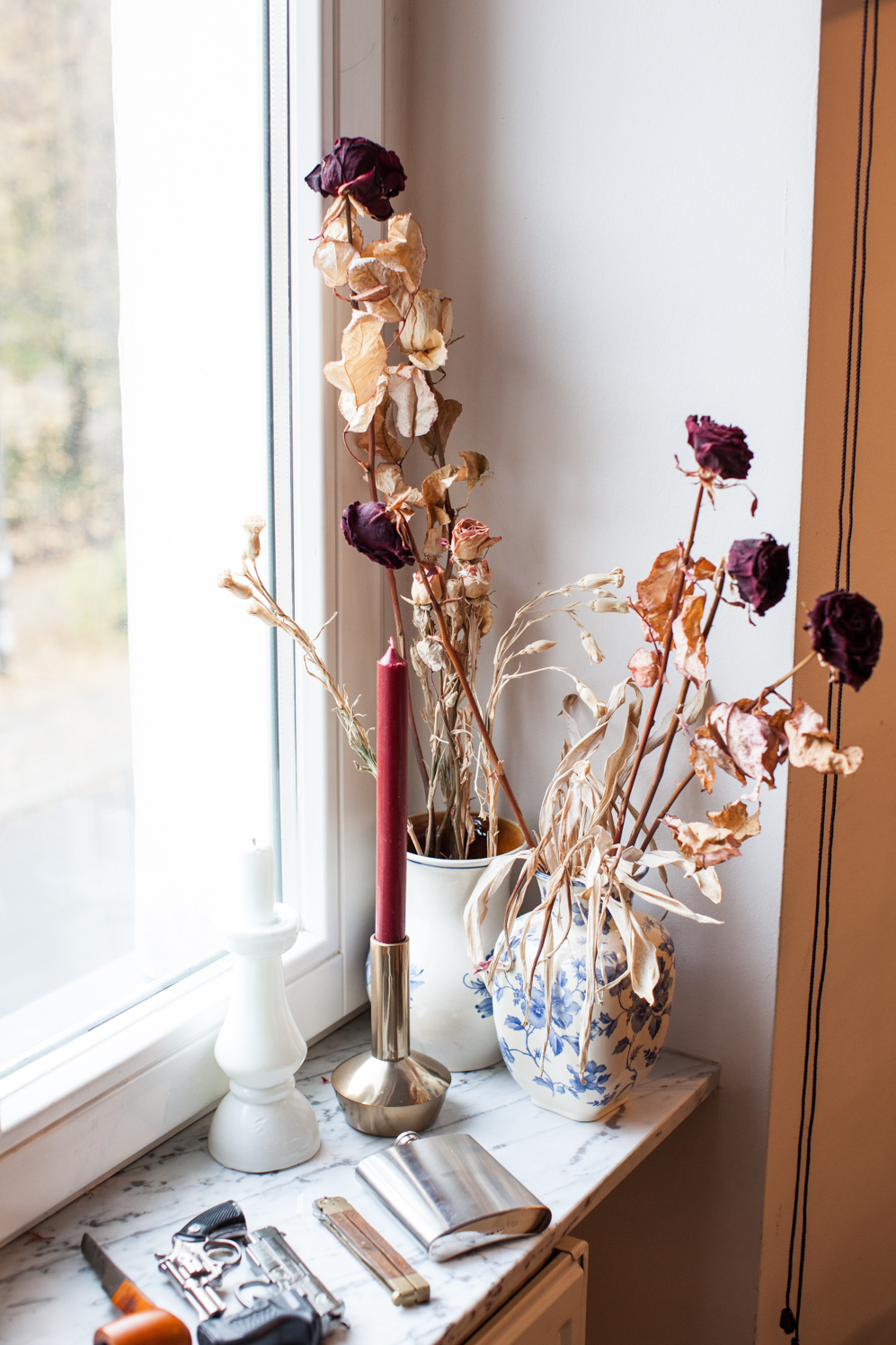
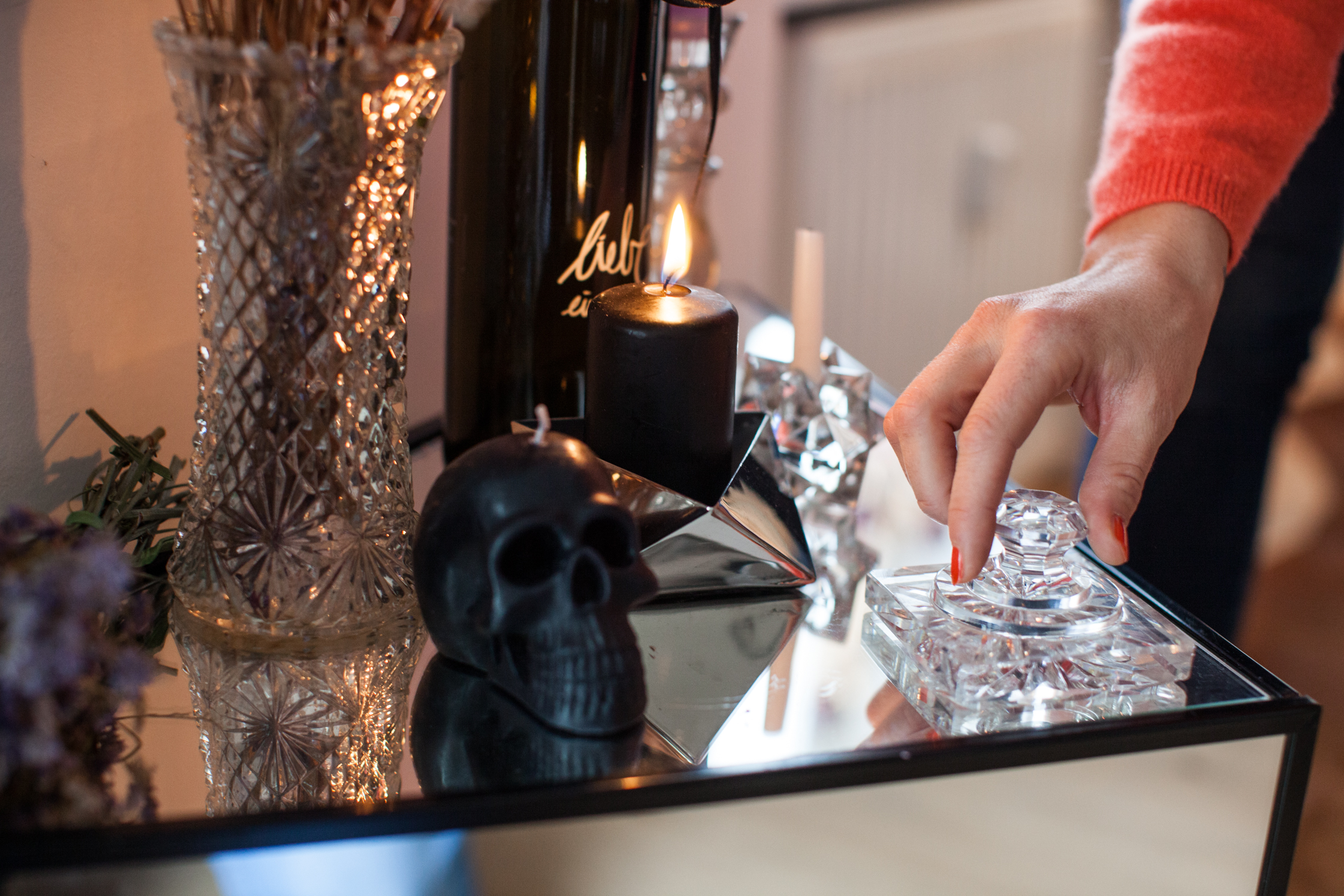
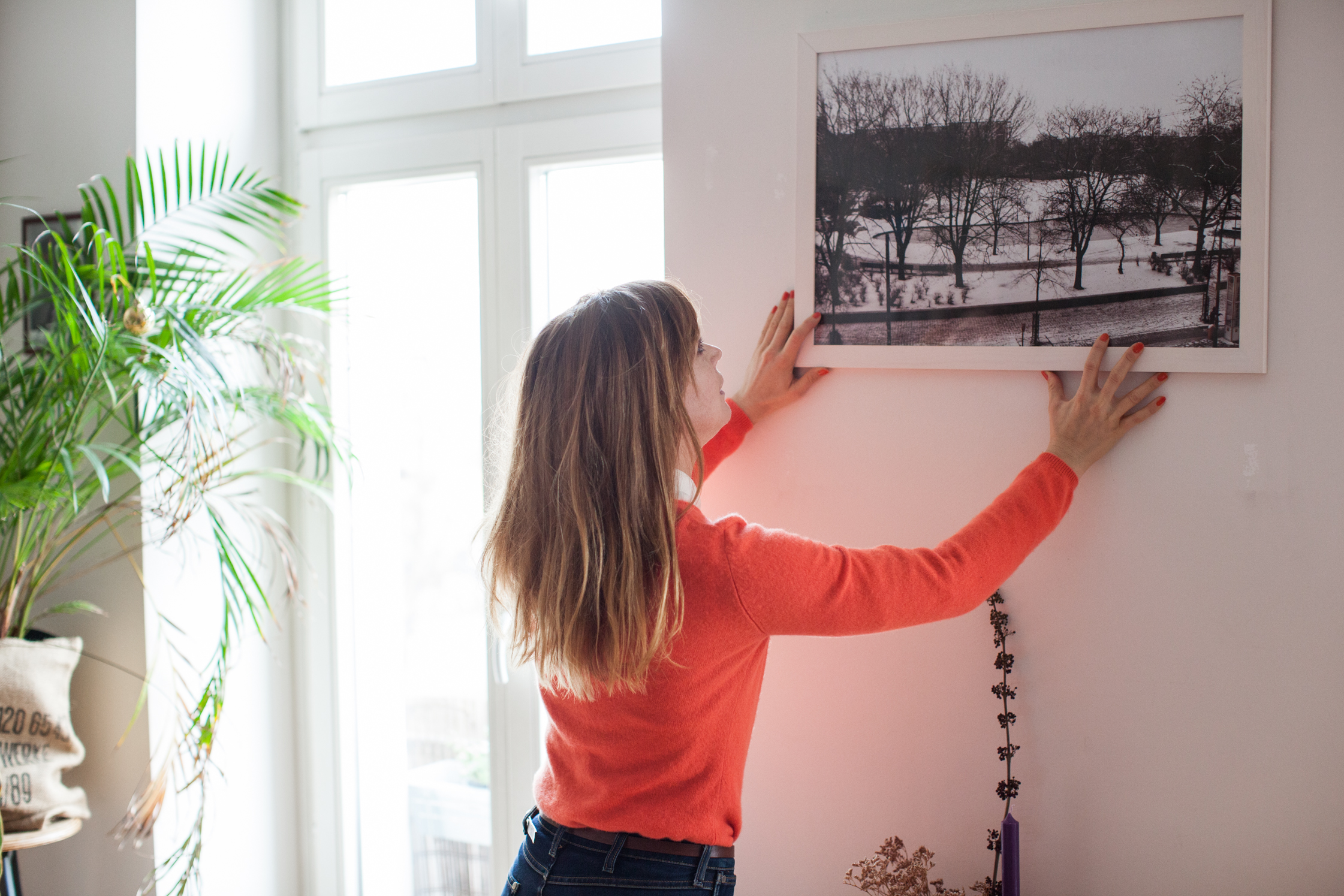
-
And how did you get into set design?
I was always taken with the beautiful settings of fashion shows, film, trade show booths, shop windows, and so on. As a freelance stylist I frequently had to take care of the set. Doing it, I noticed more and more often that I found these interior perspectives incredibly exciting. Luckily, I had some friends who saw my passion and my abilities and believed in me. Their commissions did incredibly well. For me, personally, the Berlinale was the breakthrough moment. Working for Diesel, together with a great interior designer, Sibyelle Oellerich, I was supposed to transform an entire apartment into a VIP room for the actors. All of them were supposed to feel as though they were at home: there was a kitchen, a living room and a changing room, which, at the end of the Berlinale, then in cooperation with Constantin Film, would become a dance floor and a dinner hall. That was cool! The customer trusted us completely and we were totally free creatively.
-
What is more important: theory or intuition?
Both! With the apartment I’ve realized that’s the way it is with me: For four years I looked for a permanent home and was immensely relieved when I finally signed my rental contract. Before I moved in I was on a meditation vacation in Dresden for ten days. Instead of turning off, I thought about the apartment the whole time. I was only there once, but I had already started to furnish and decorate the entire place in my head. When I returned, I transformed my inner concept into practice. Absurdly, everything worked perfectly to the inch. Every centimeter for every closet, every corner of the built-in bunk bed. That’s when I realized I have a three-dimensional imagination, that I could visualize settings in my head. In a week the apartment looked like I’d lived there forever. My friends just thought: You’re crazy!
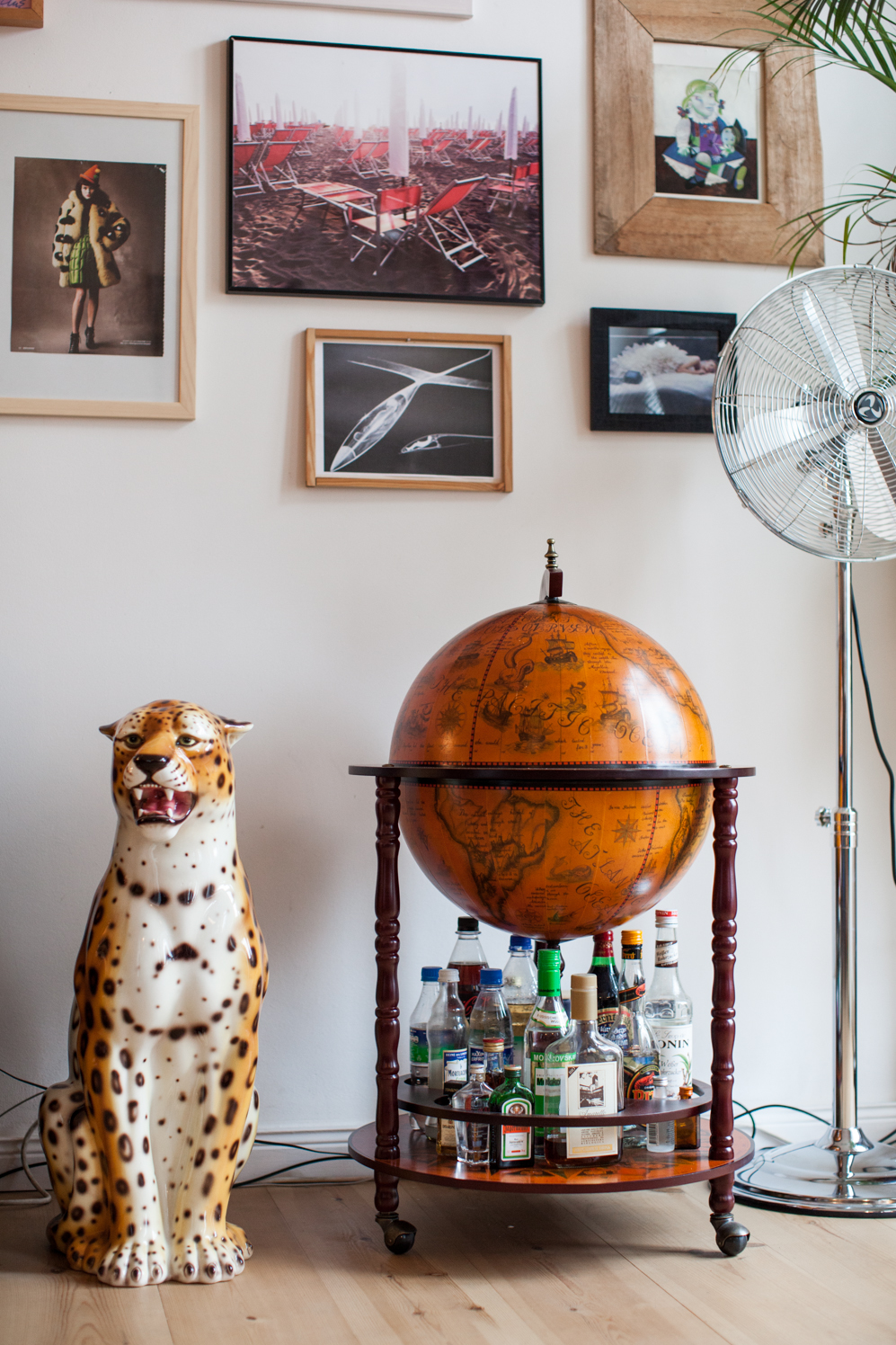
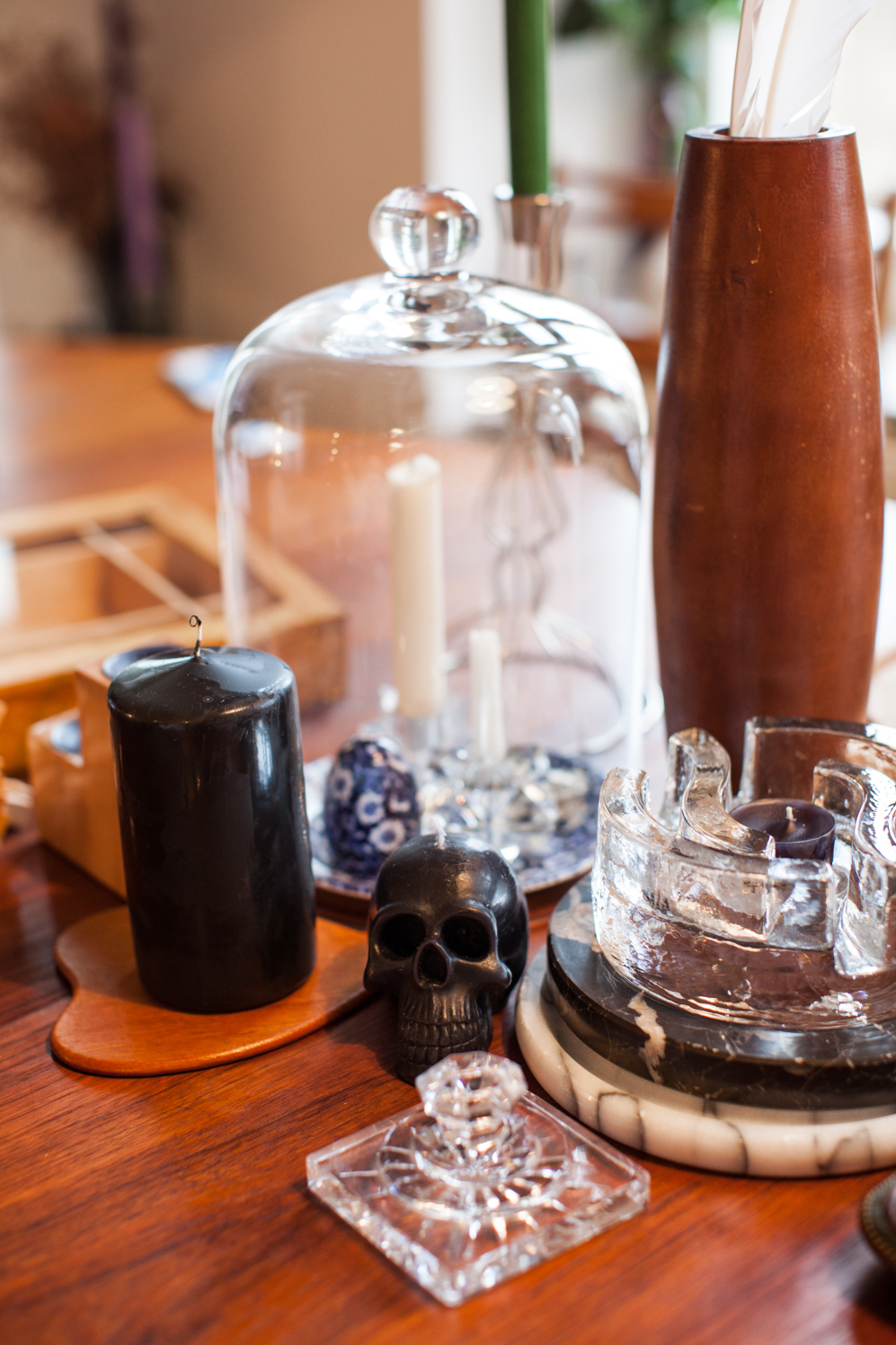
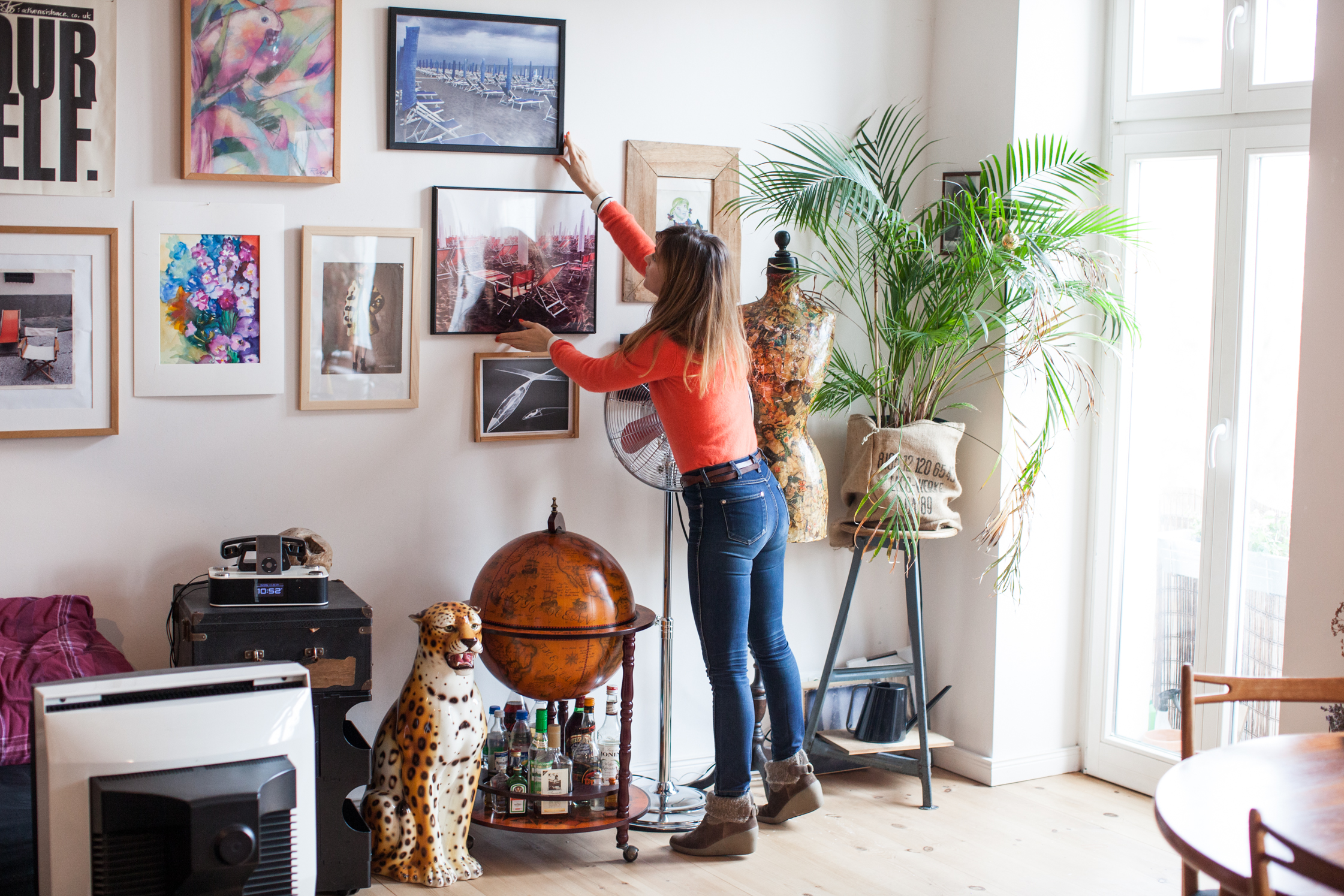
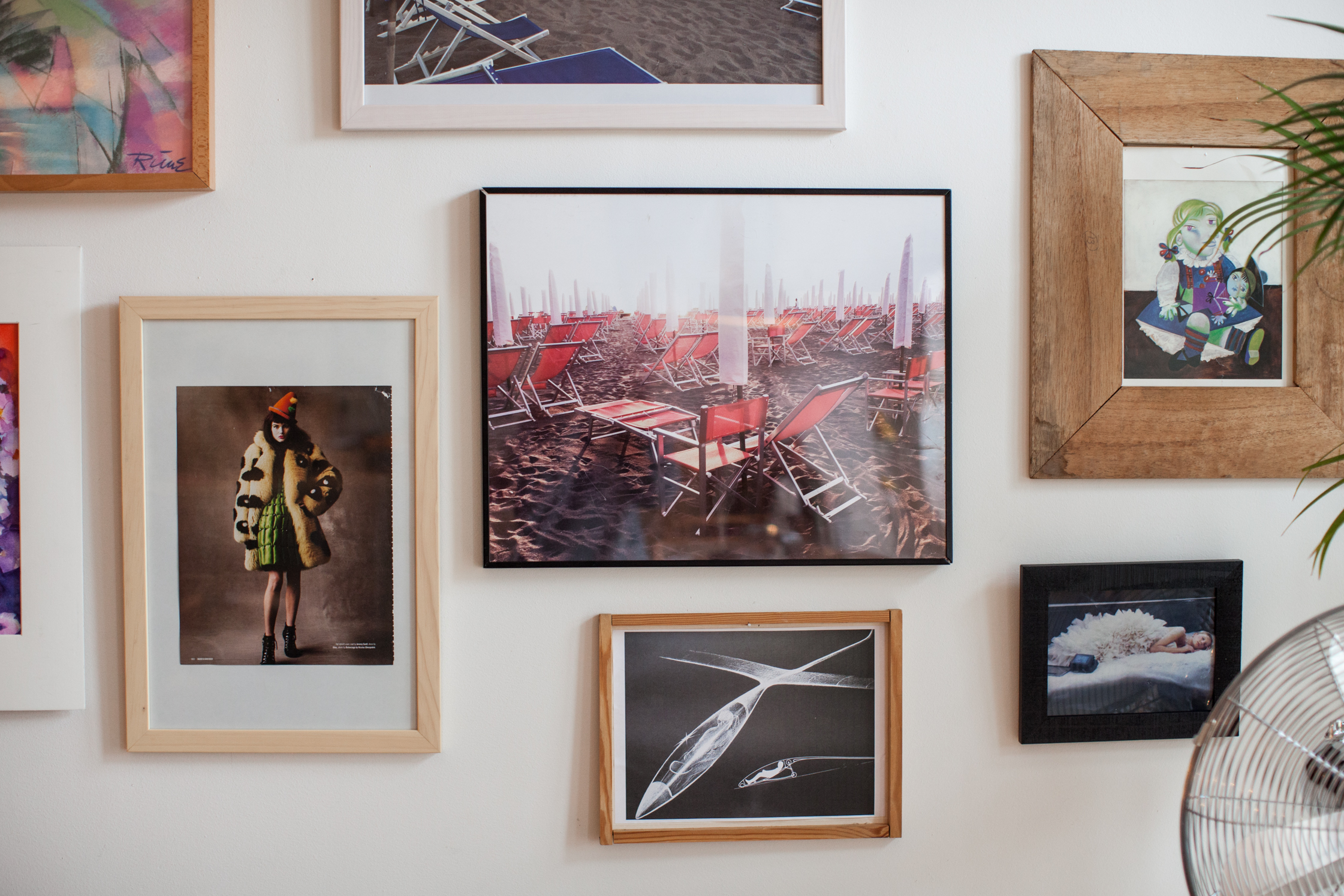
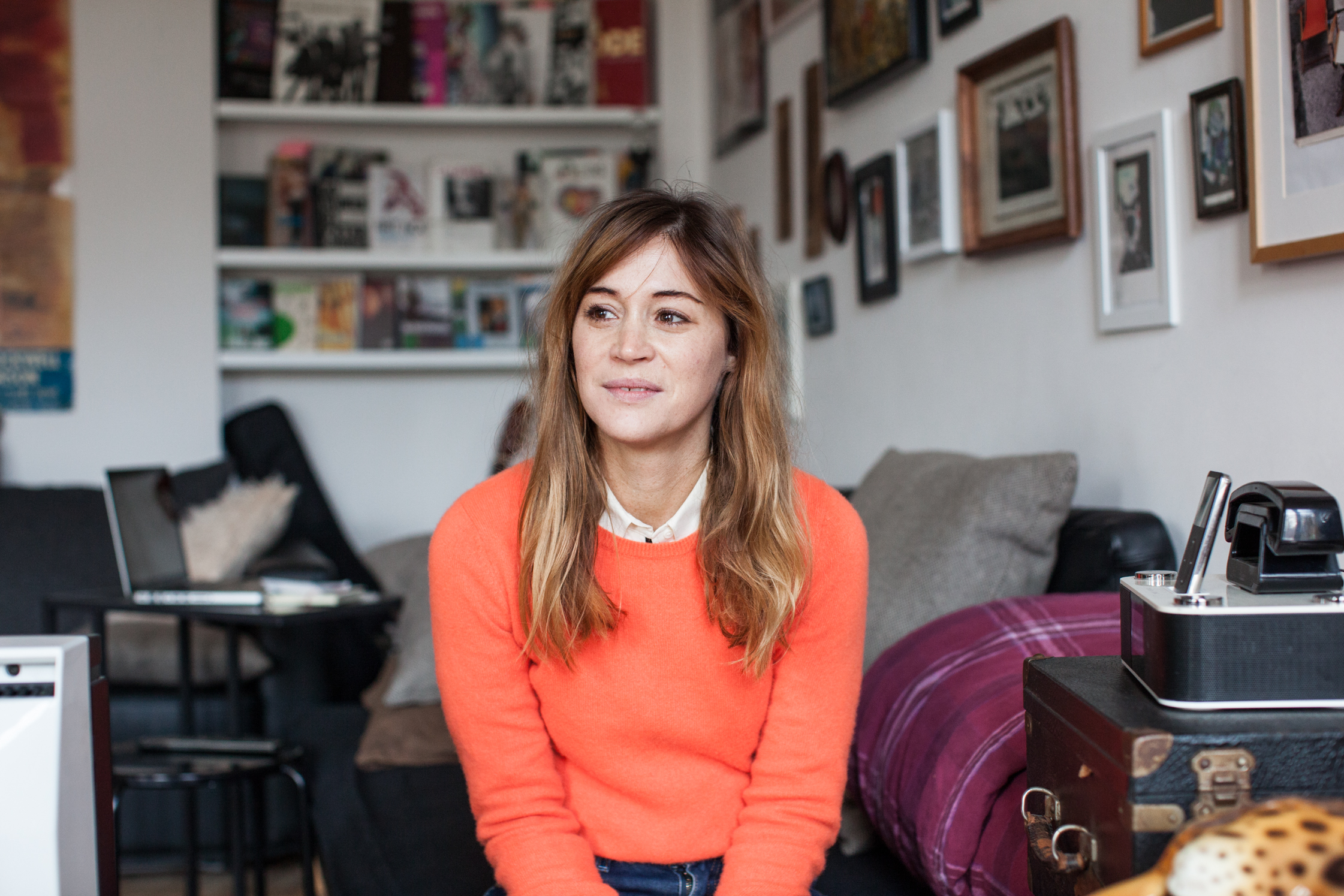
-
How did your flat change ever since?
I’m no longer a student. (laughs) Also, at the time I had to save space because my apartment was both an office and a storage space. These days I found a very nice studio with creative people – and the space for a real bed. But I can’t bear to separate from the bunk bed, who knows what’s to come for me? (laughs)
-
Your personal things are used as props?
Yes, most of my stuff wasn’t for myself, but at some point the things mean something to me. And vice versa, often my things work well on set. Sometimes I’ll take a picture or decoration with me to a project and when I come back, I don’t even know where it belongs. My house changes with this process.
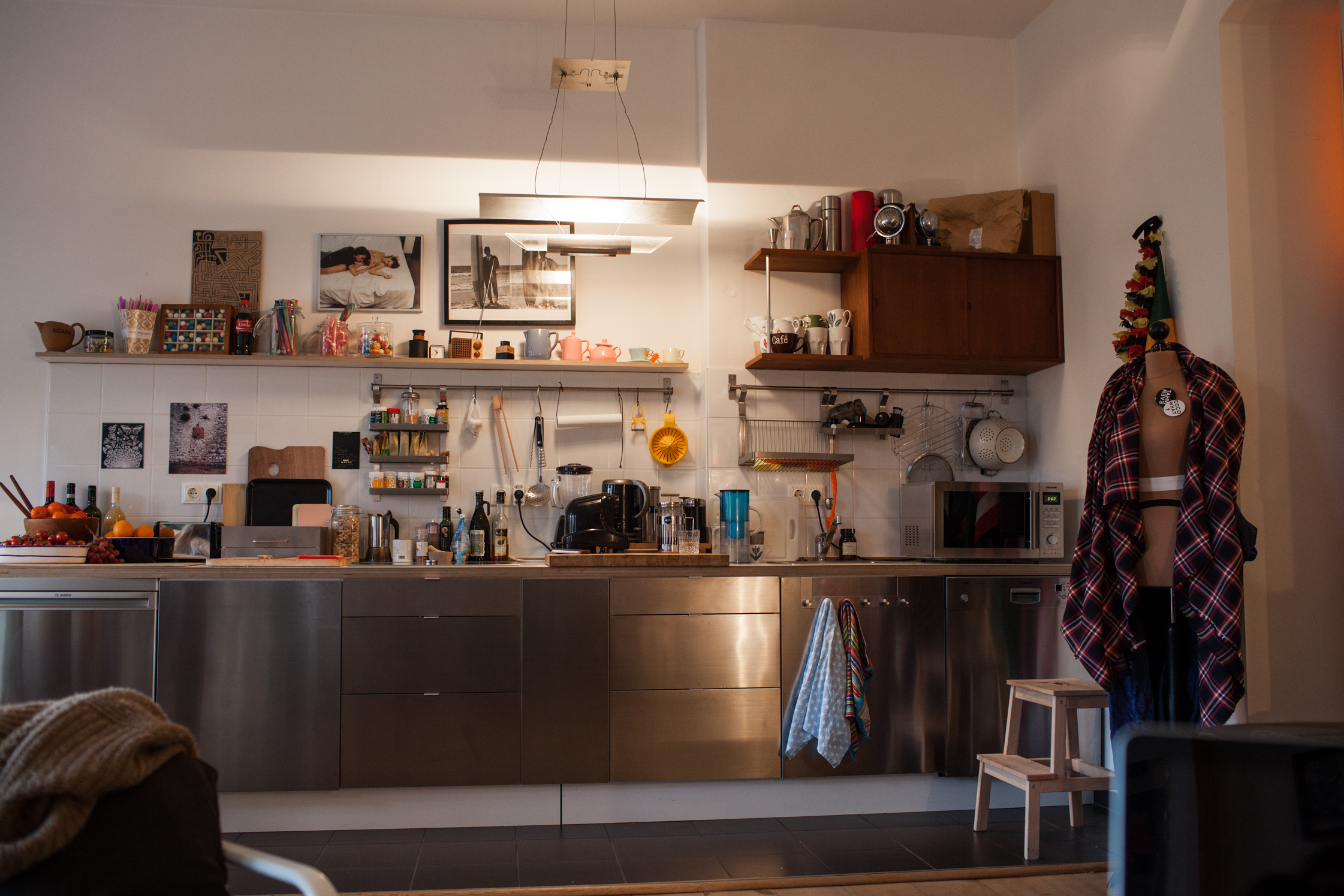
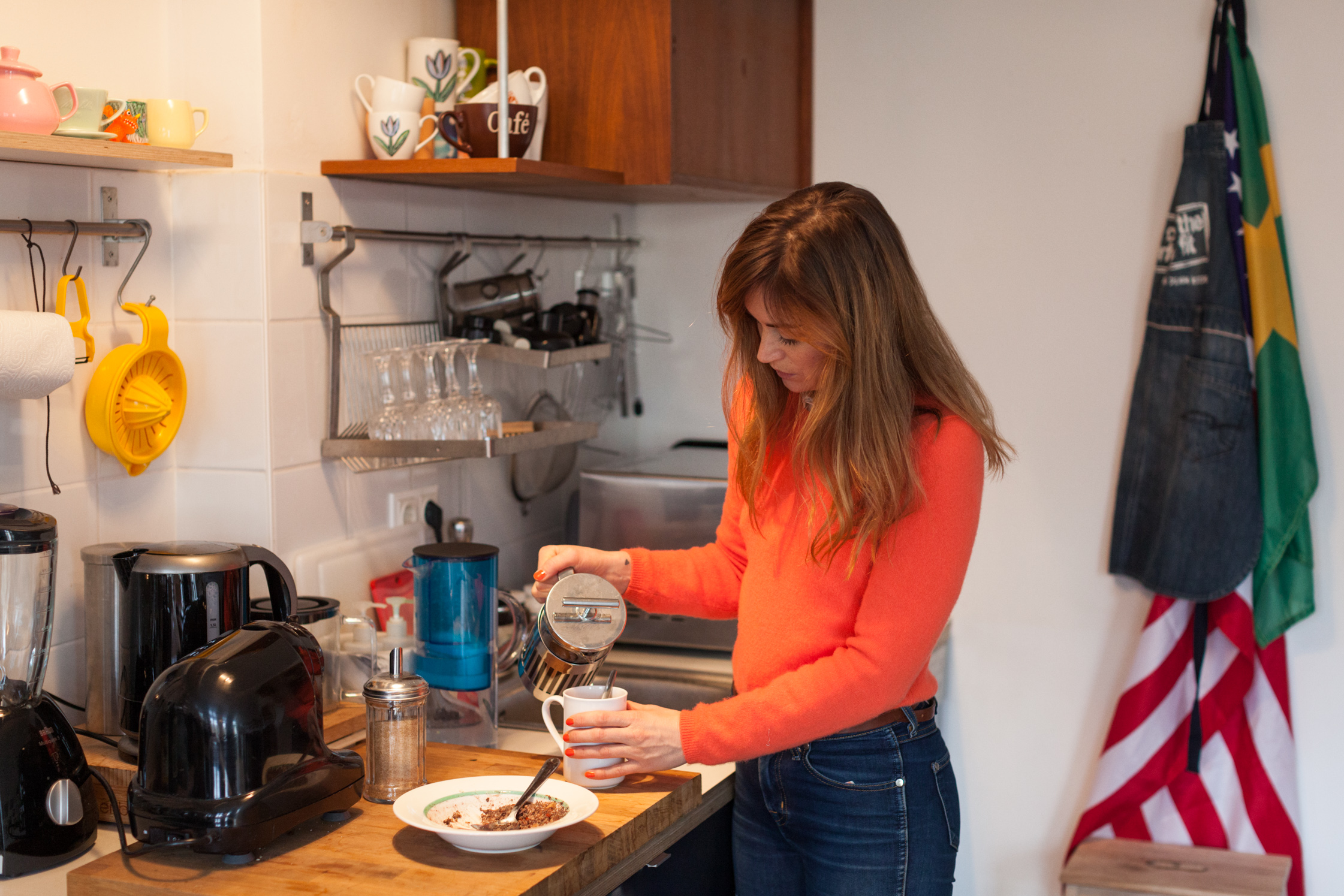
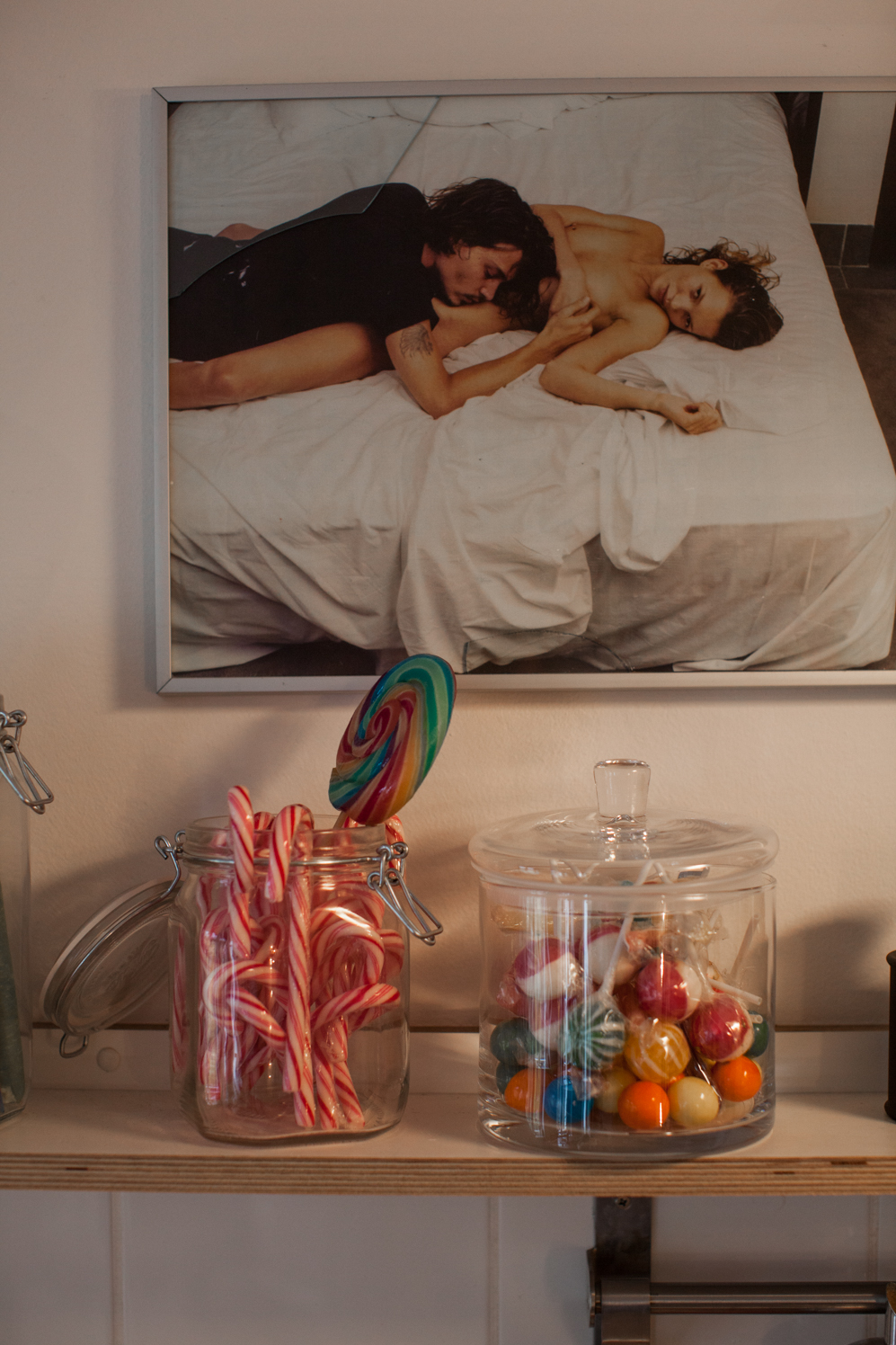
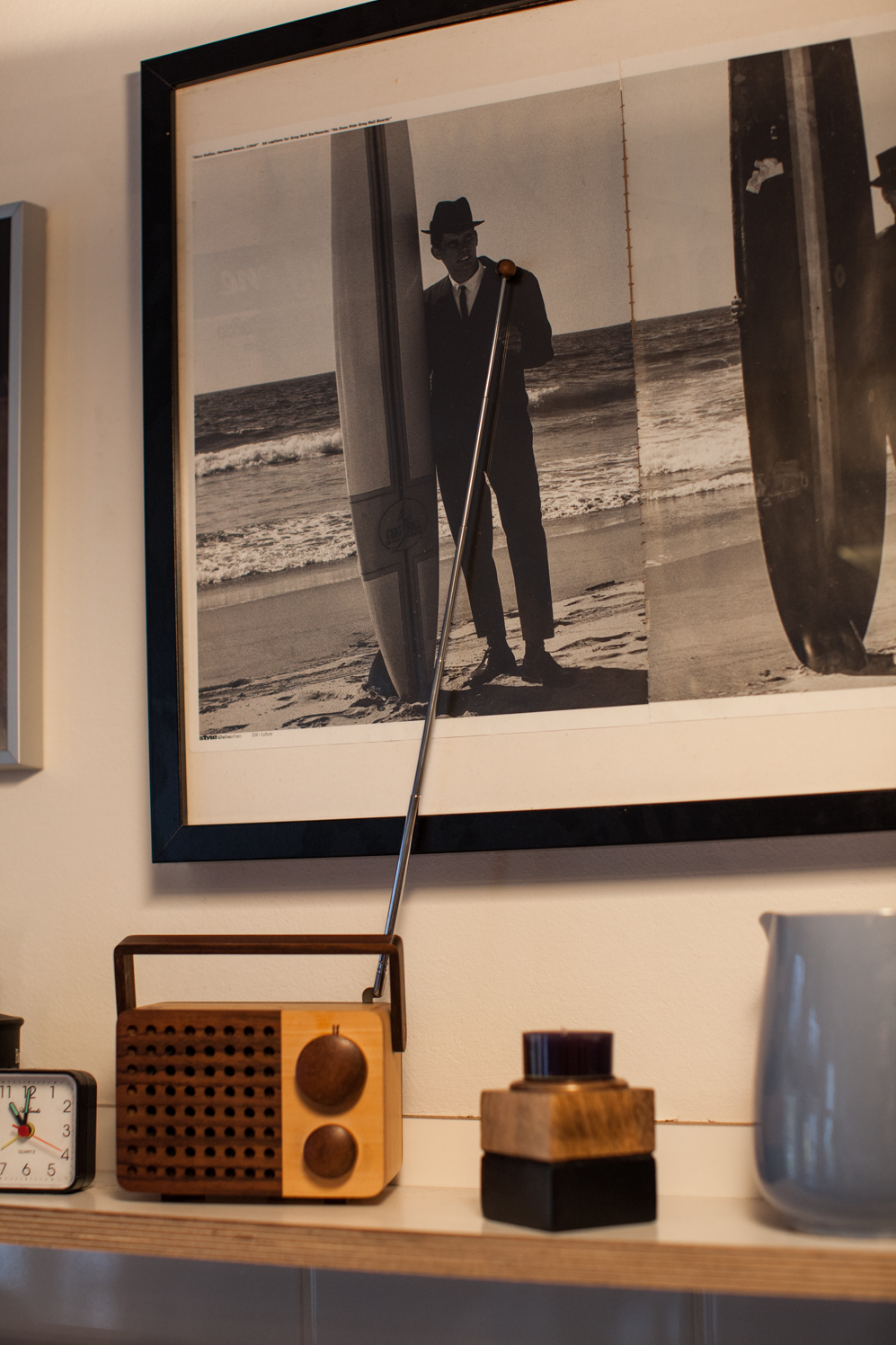
-
At work is it important to implement your personal tastes?
That depends. In most advertising production I have to stick to clear rules, at a fair I sometimes have more freedom. If I have a lot of restrictions, it can happen that I can’t stand the result. Last year on New Year’s Eve, I swore to myself: From now on, no more. I want to work more with friends and do projects where I’m satisfied with the results. For me, one of the most satisfying things is to collaborate with like-minded people to create something good! Or with creatives whose vision inspires me.
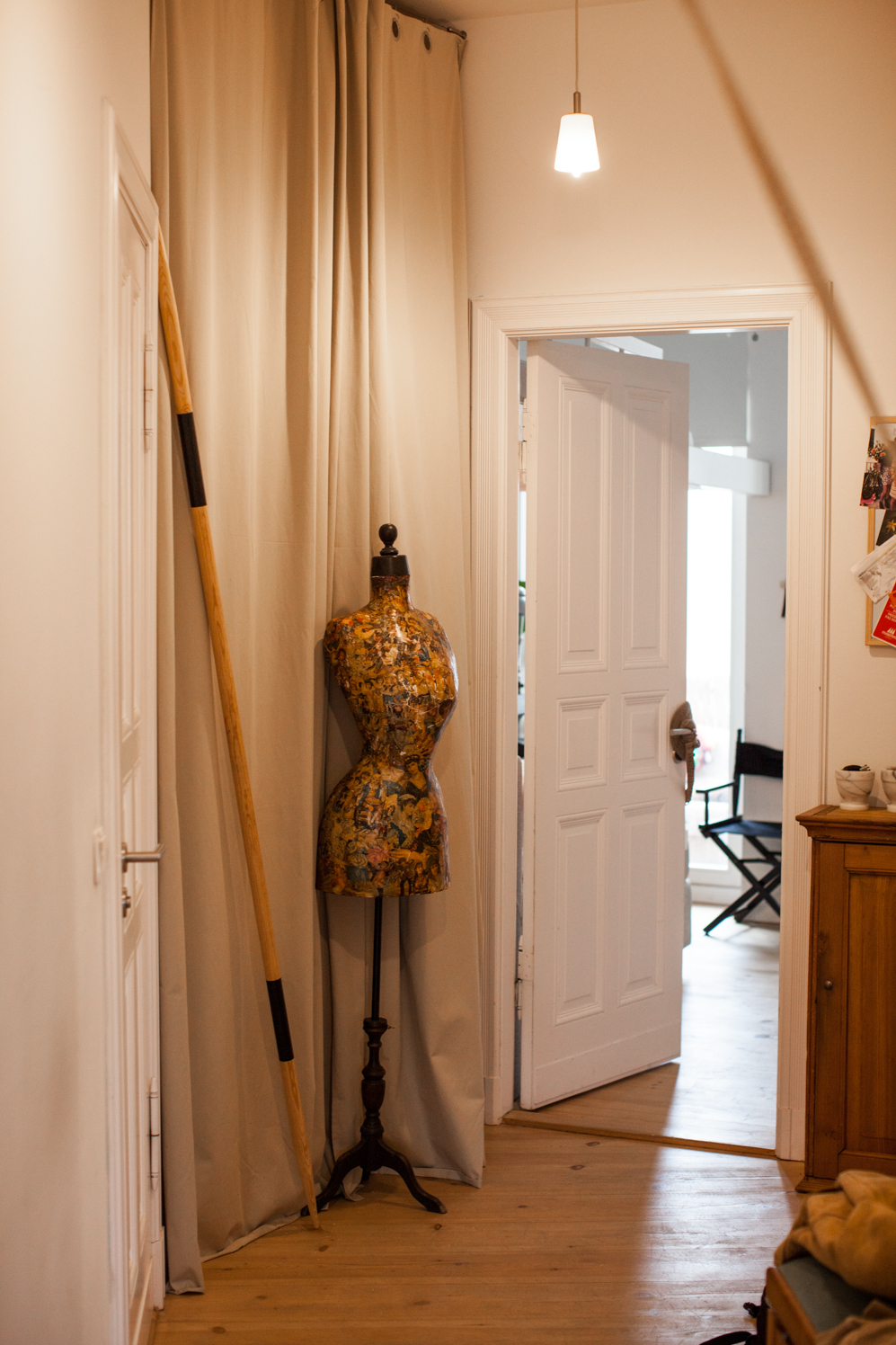
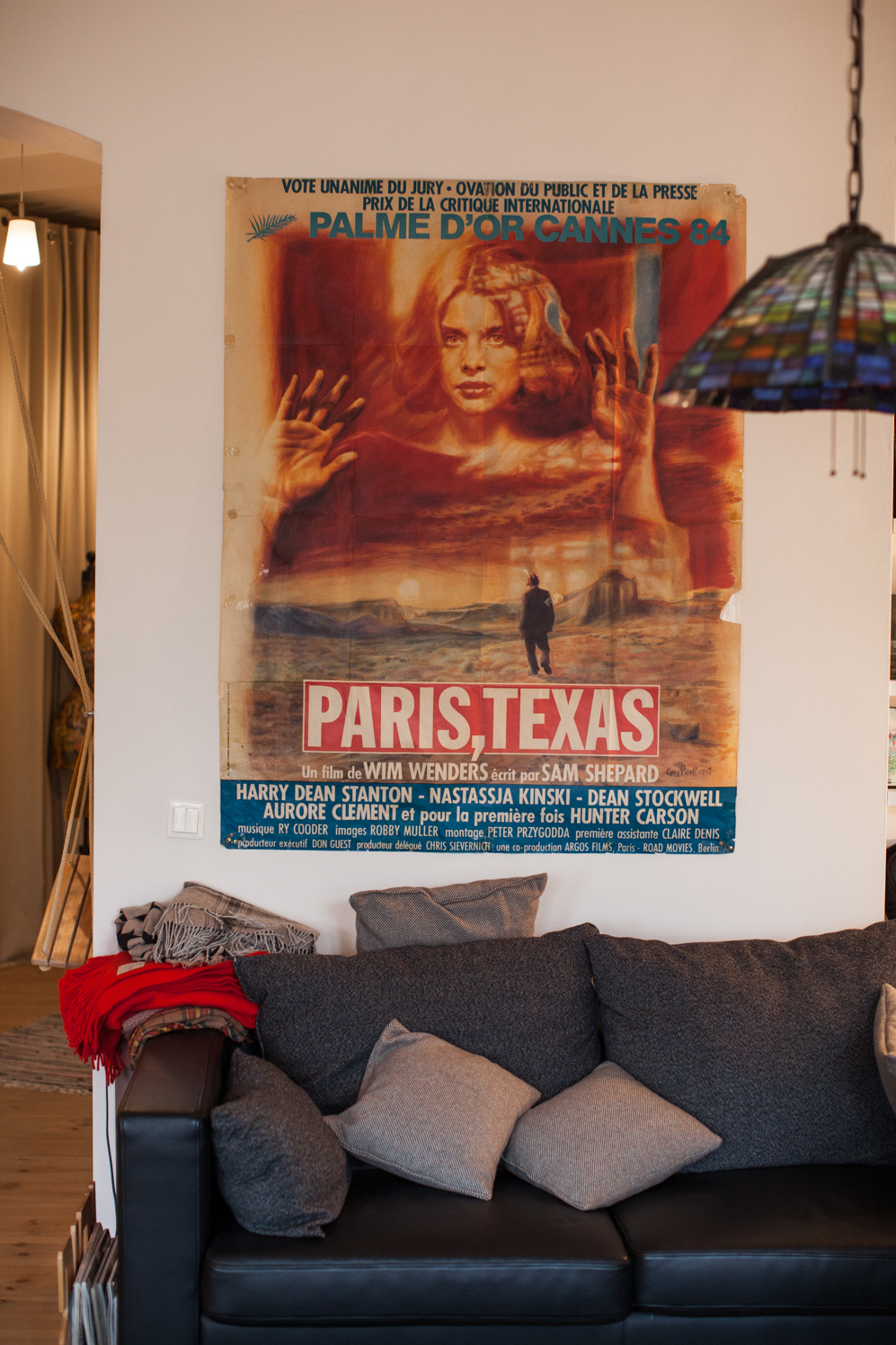
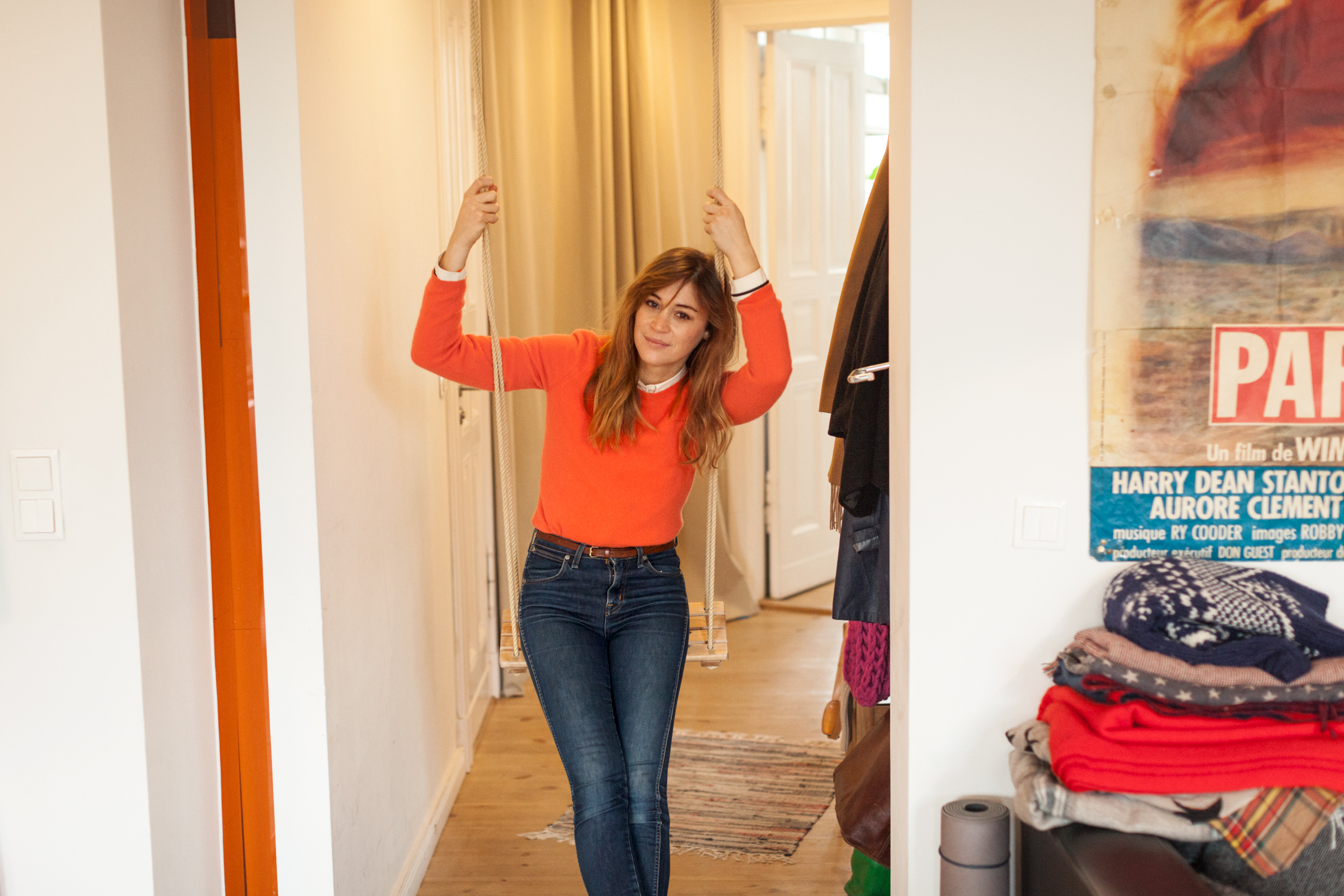
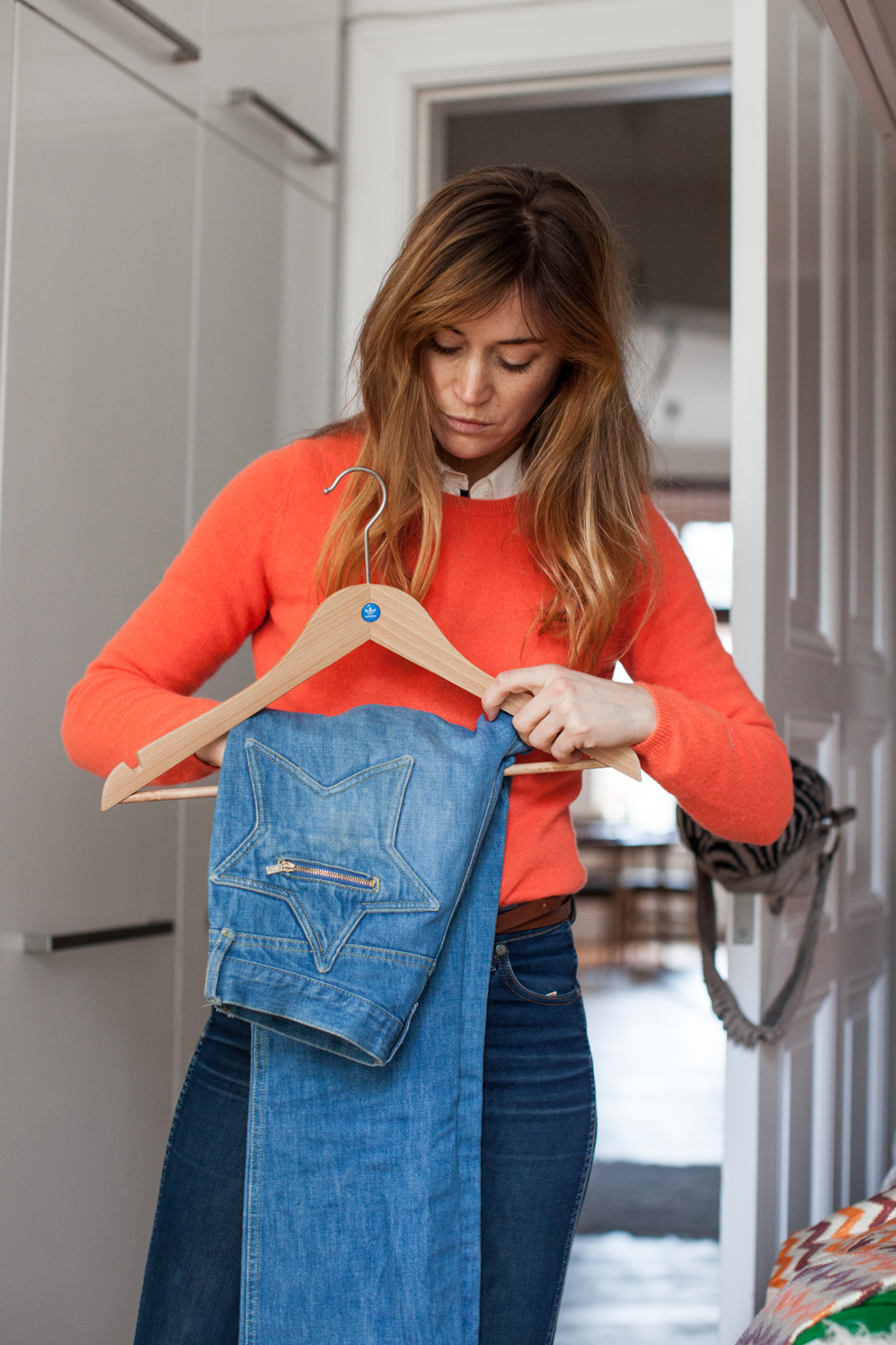
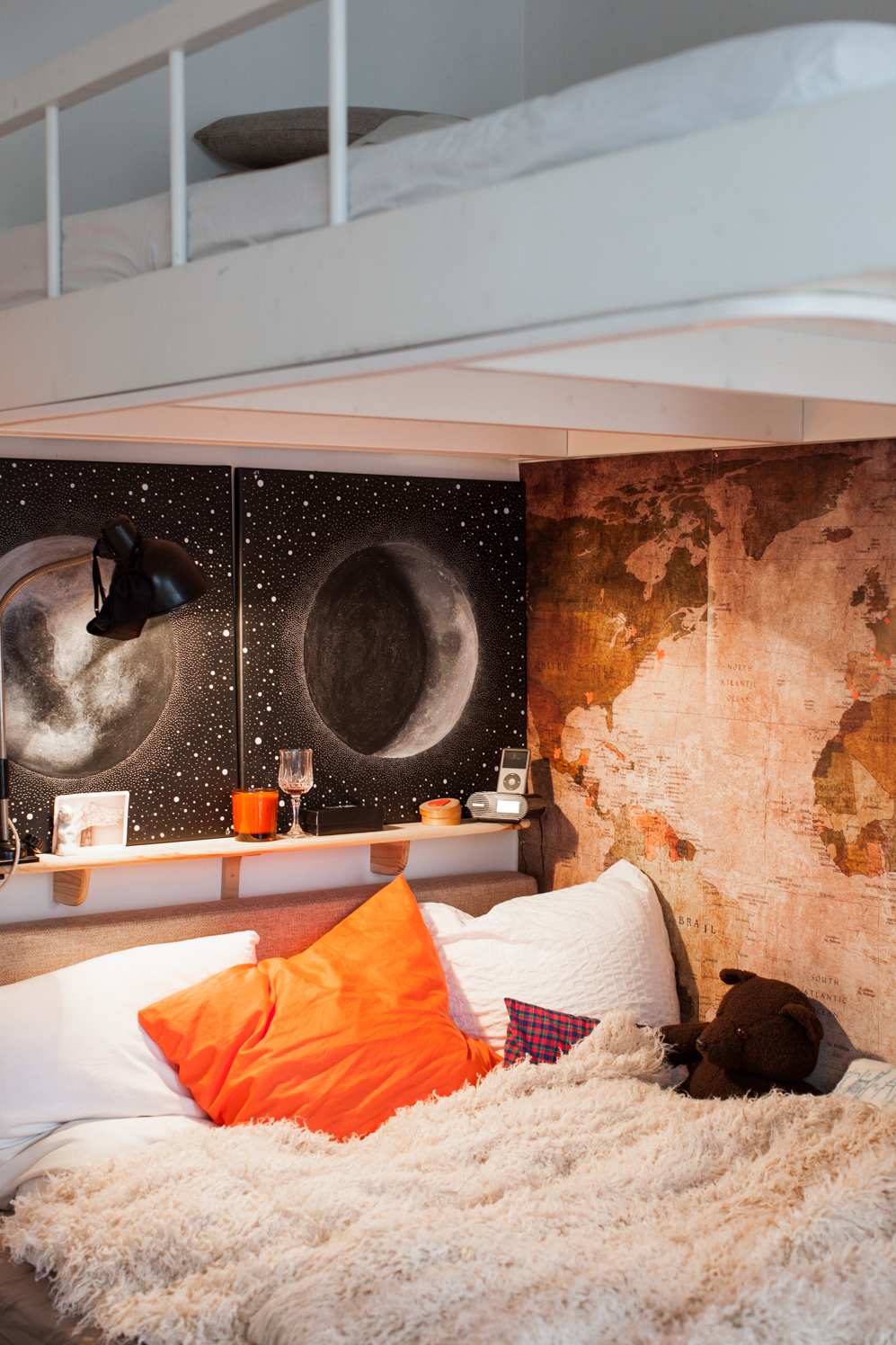
-
Fashion plays a big role in your work – and privately?
I’m not a fan of shopping, for me, it’s part of my job. But of course I want to have a few special items in the closet. For example, I have an embroidered denim shirt, that my friend Mallence Bart-Williams produced in conjunction with her Folorunsho project with a group of guys that were homeless and lived under a bridge in Sierra Leone. For that project I facilitated a collaboration between Lee jeans and Folorunsho. Because of that and other cooperations organized by Mallence, the young men have a roof over their head, can pursue an education and above all, an identity.
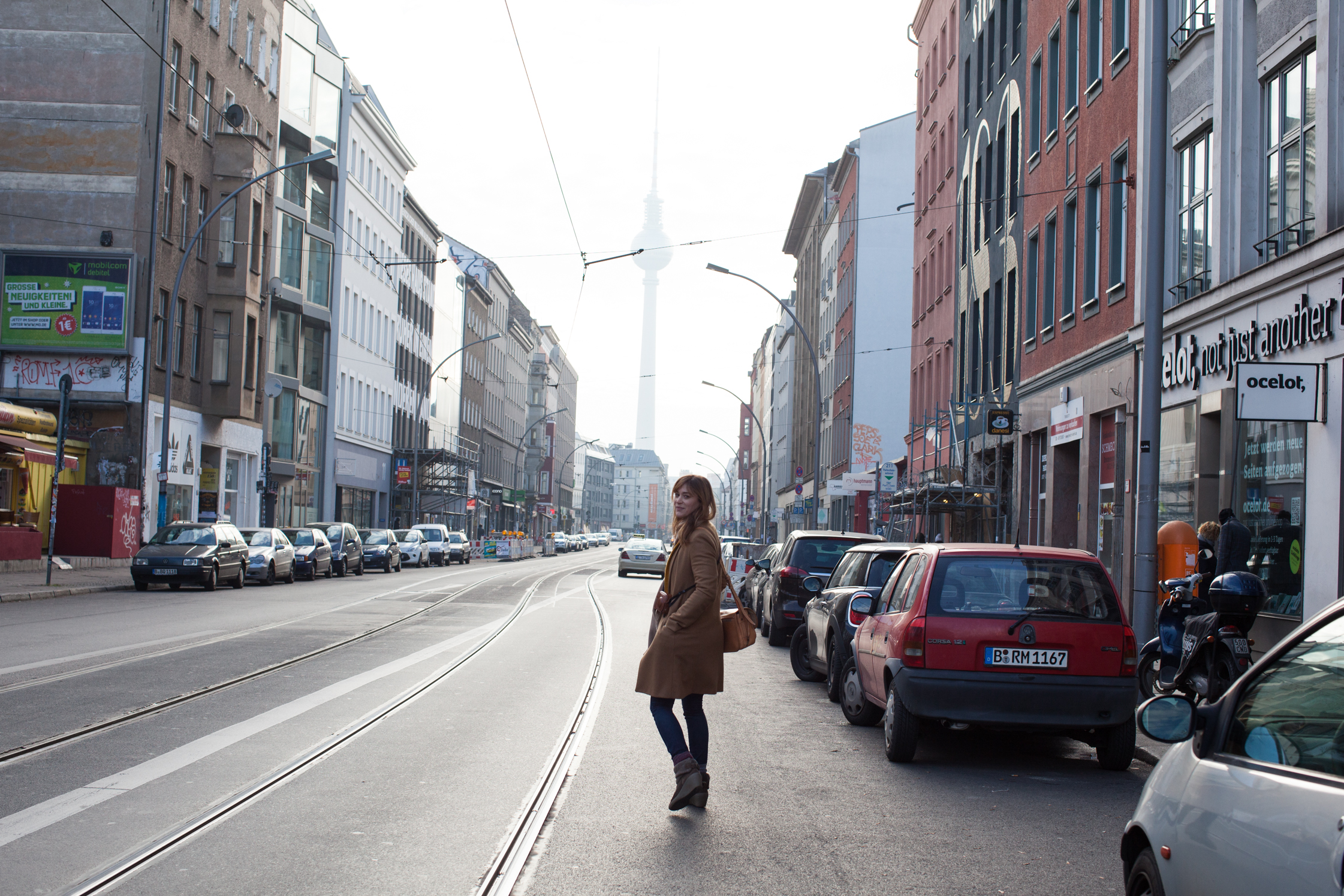
-
We noticed you have a really special car which reminds a lot of people of the 90’s and their childhood. What did you look for and why did you get a Scirocco?
I looked for a stylish car, something not too long so I could still find good parking spots but also have enough room to transport huge suitcases, ironing boards, etcetera, for styling and hundreds of plants or flowers for settings. No one believes me when I say how much I can load into this car, it surprises me everytime too! My car doesn’t have to be glamorous. I dream of a Porsche in Egg White, but I wouldn’t want to drive it. I don’t have to show up in a Porsche as a stylist: Everyone knows that in this job there are times that aren’t so busy. My first car was an old Daimler 230CE, but with all the repairs it was too expensive.
-
What do you especially like about you car?
The Scirroco, with its 90s design, is almost chavvy. It was called the Porsche of the poor – the car is pure understatement. I really love that it’s a sportscar and has this streamlined form – the DeLorean form! It’s so funny how the people react to it. Especially when we, as a team of girls, drive to fairs to set up. Three pretty girls on the loading dock – all the construction workers whistle!
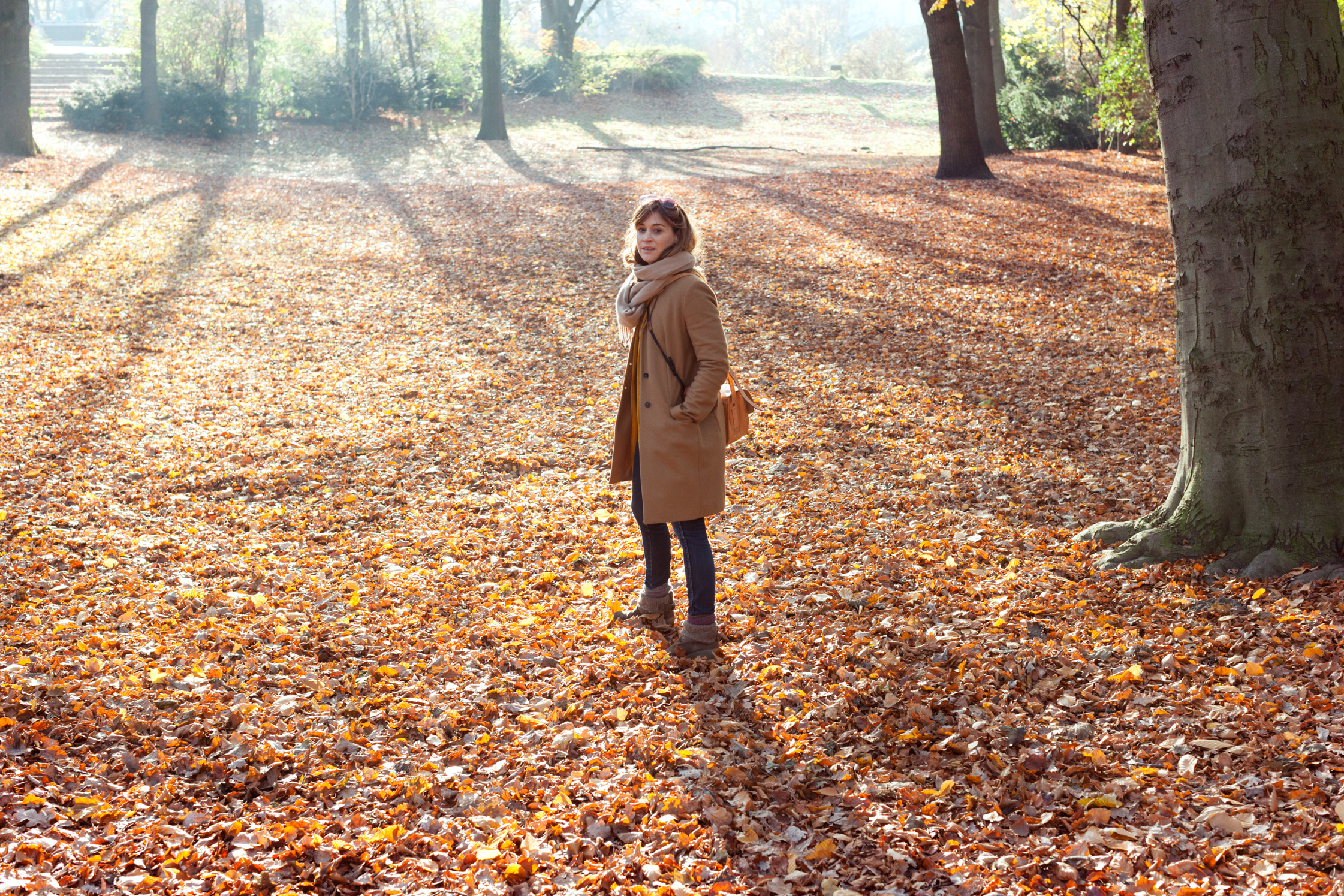
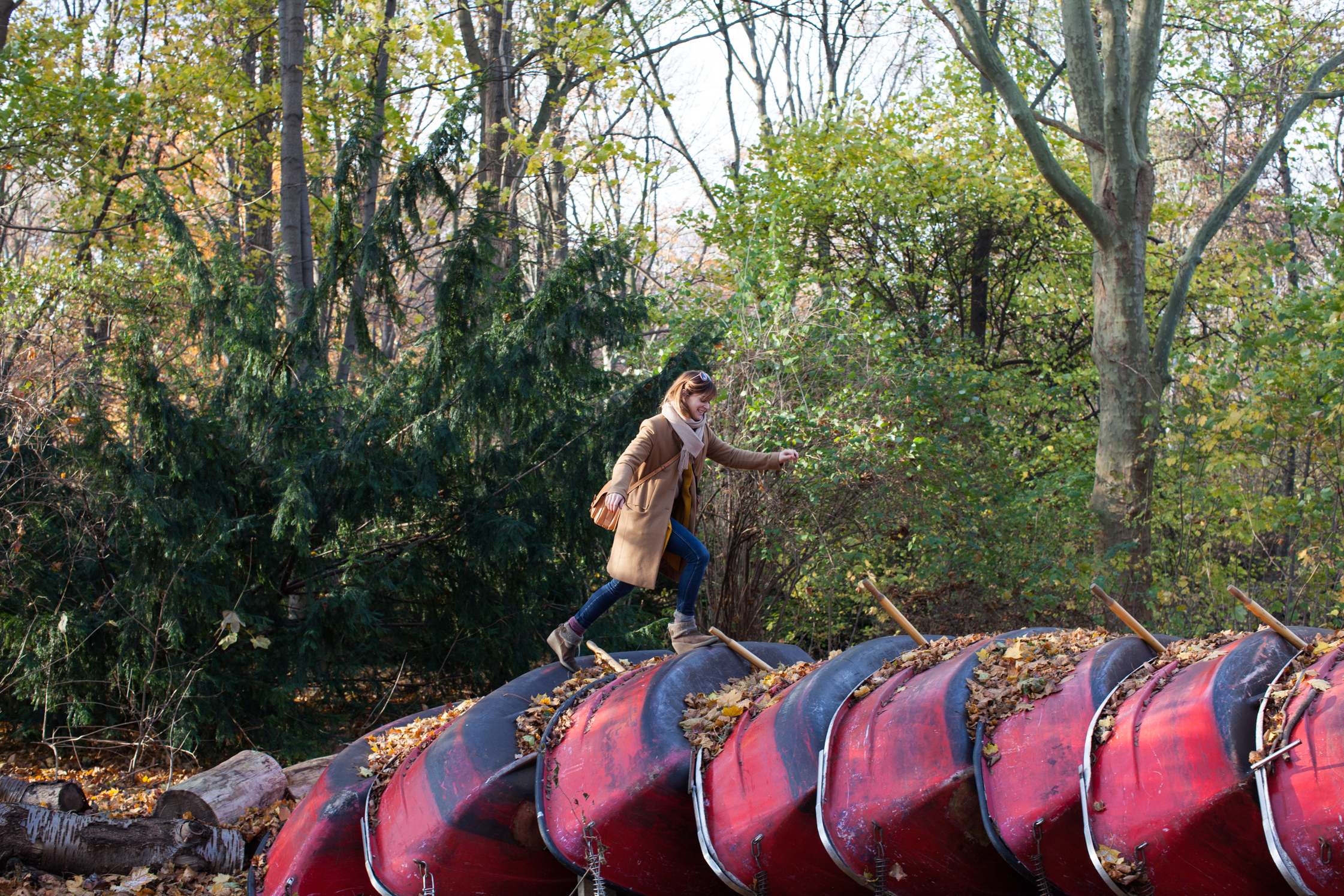
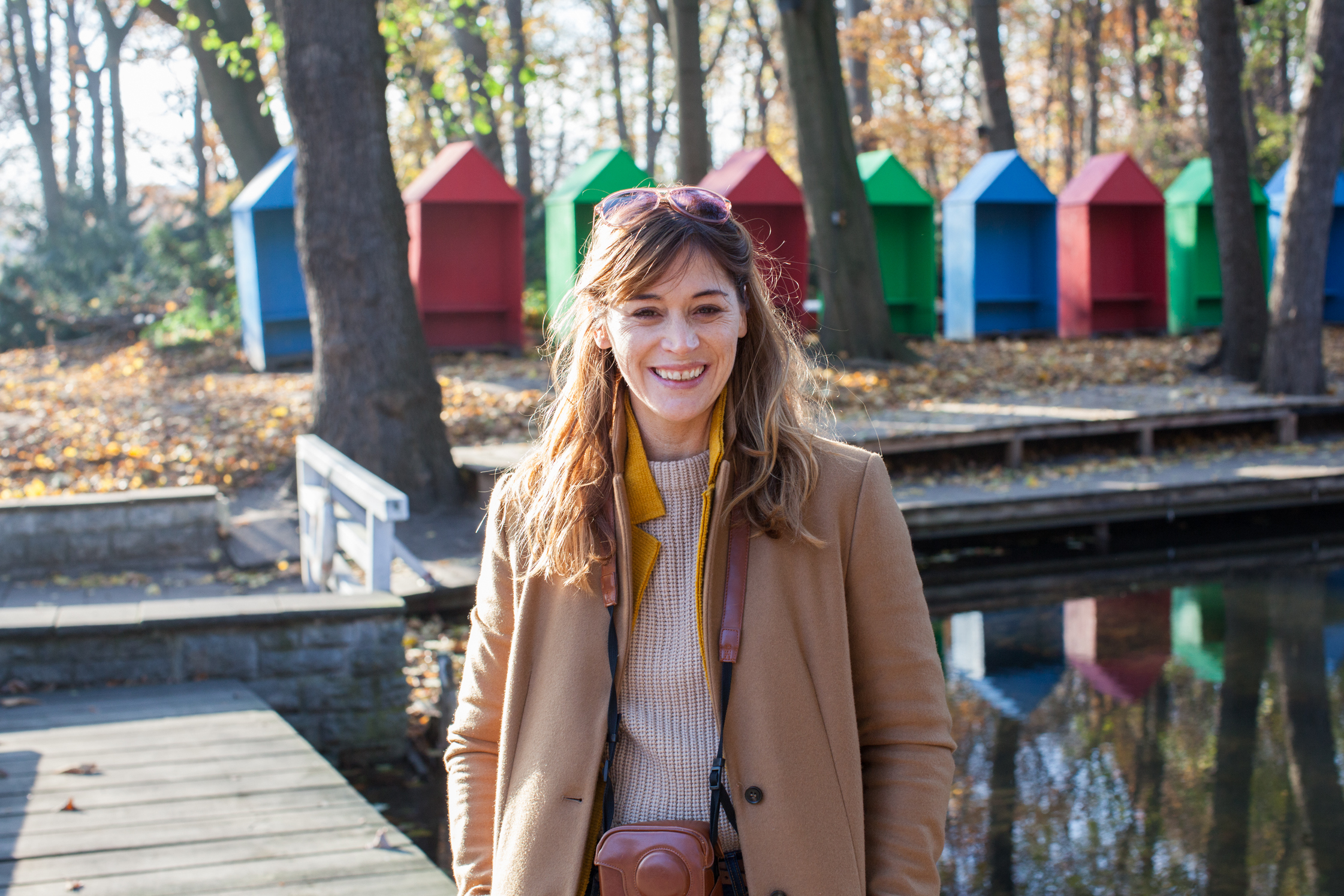
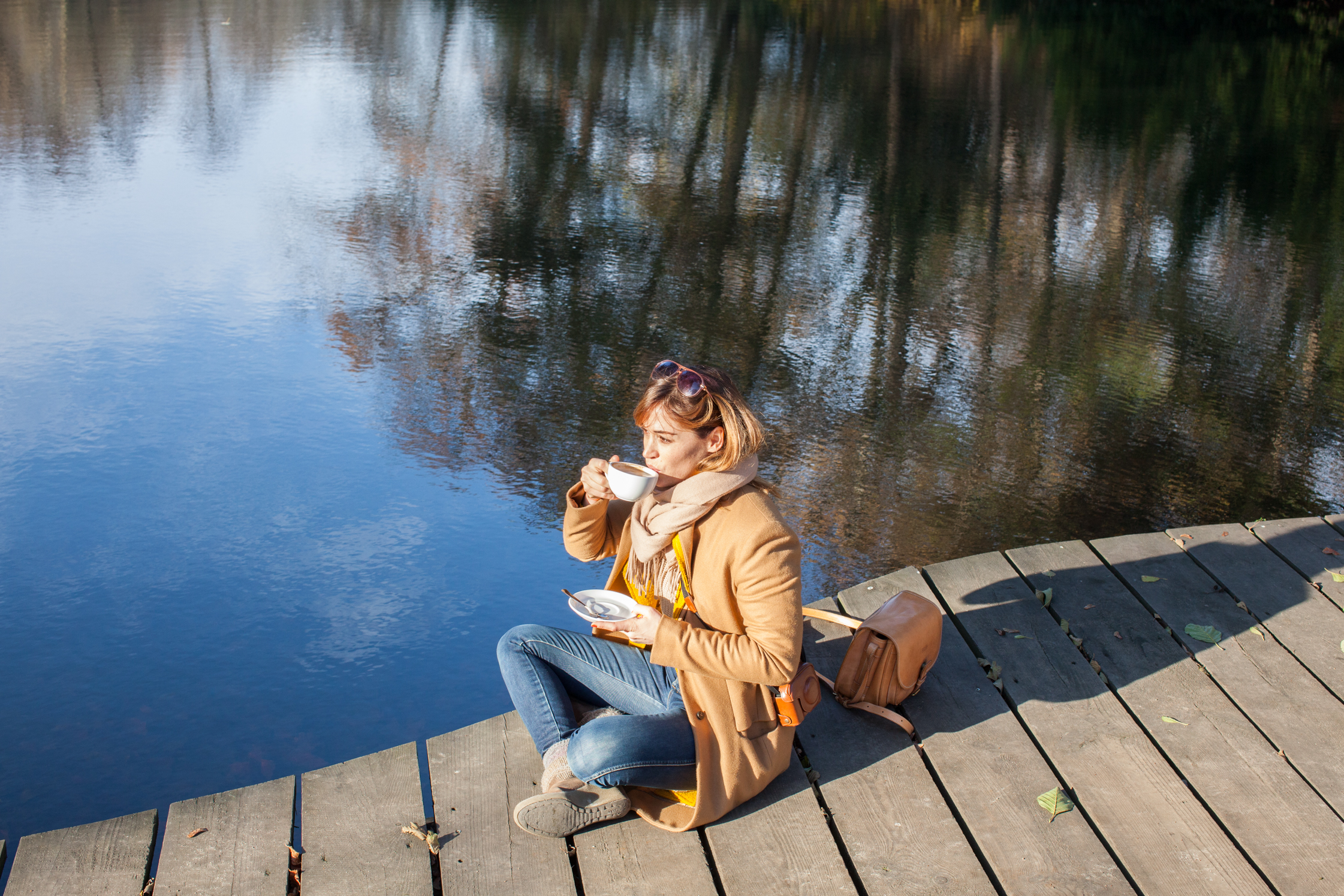
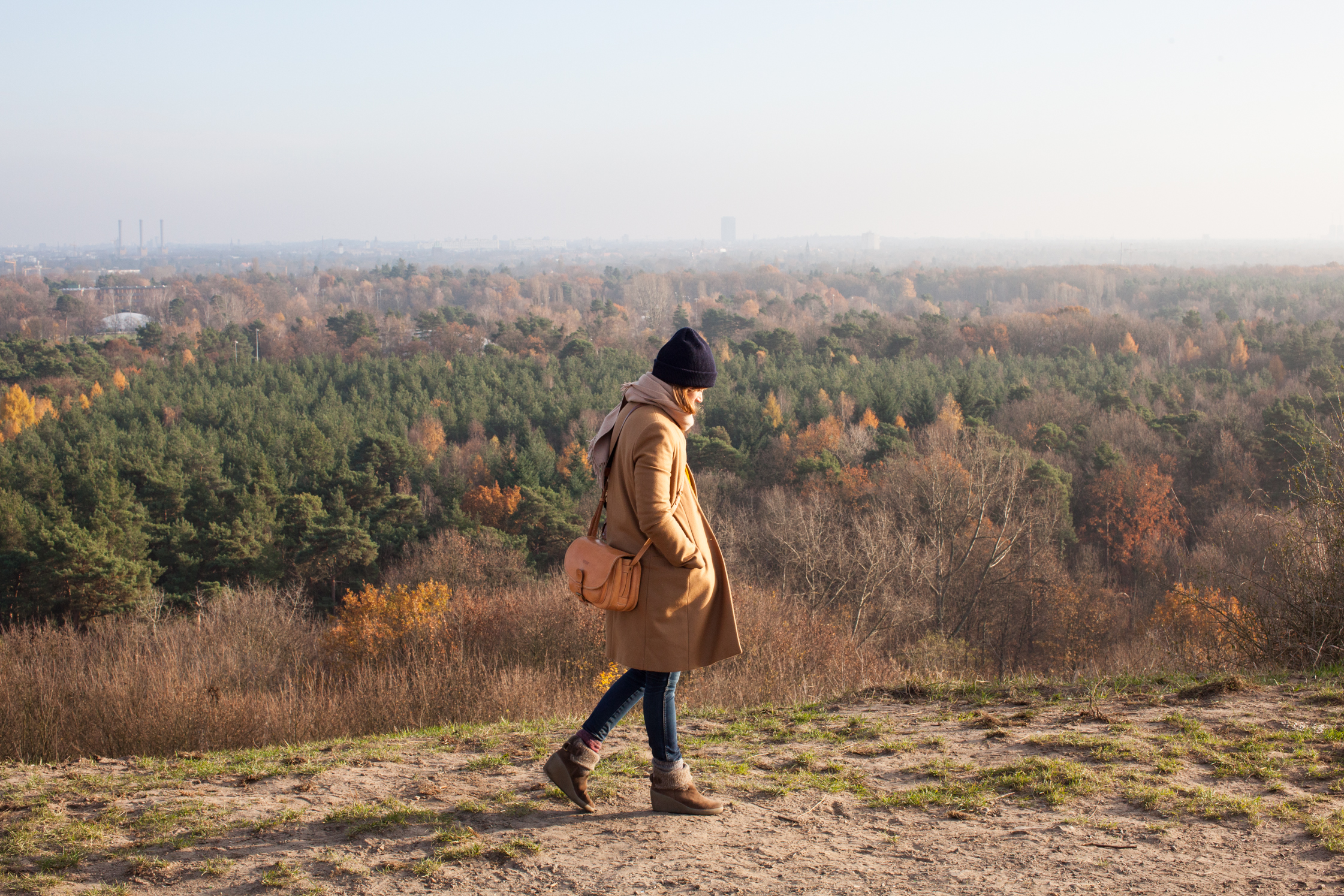
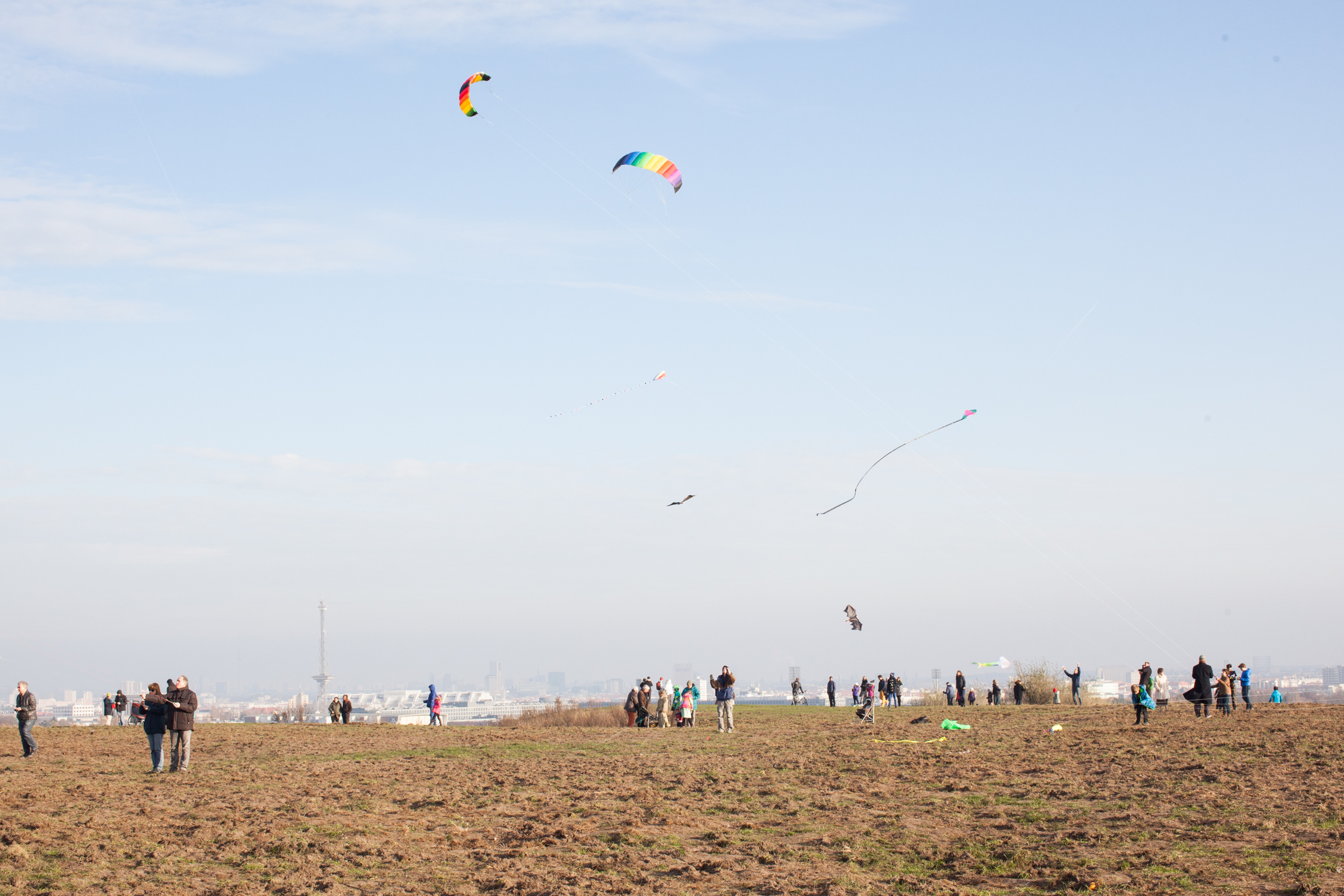
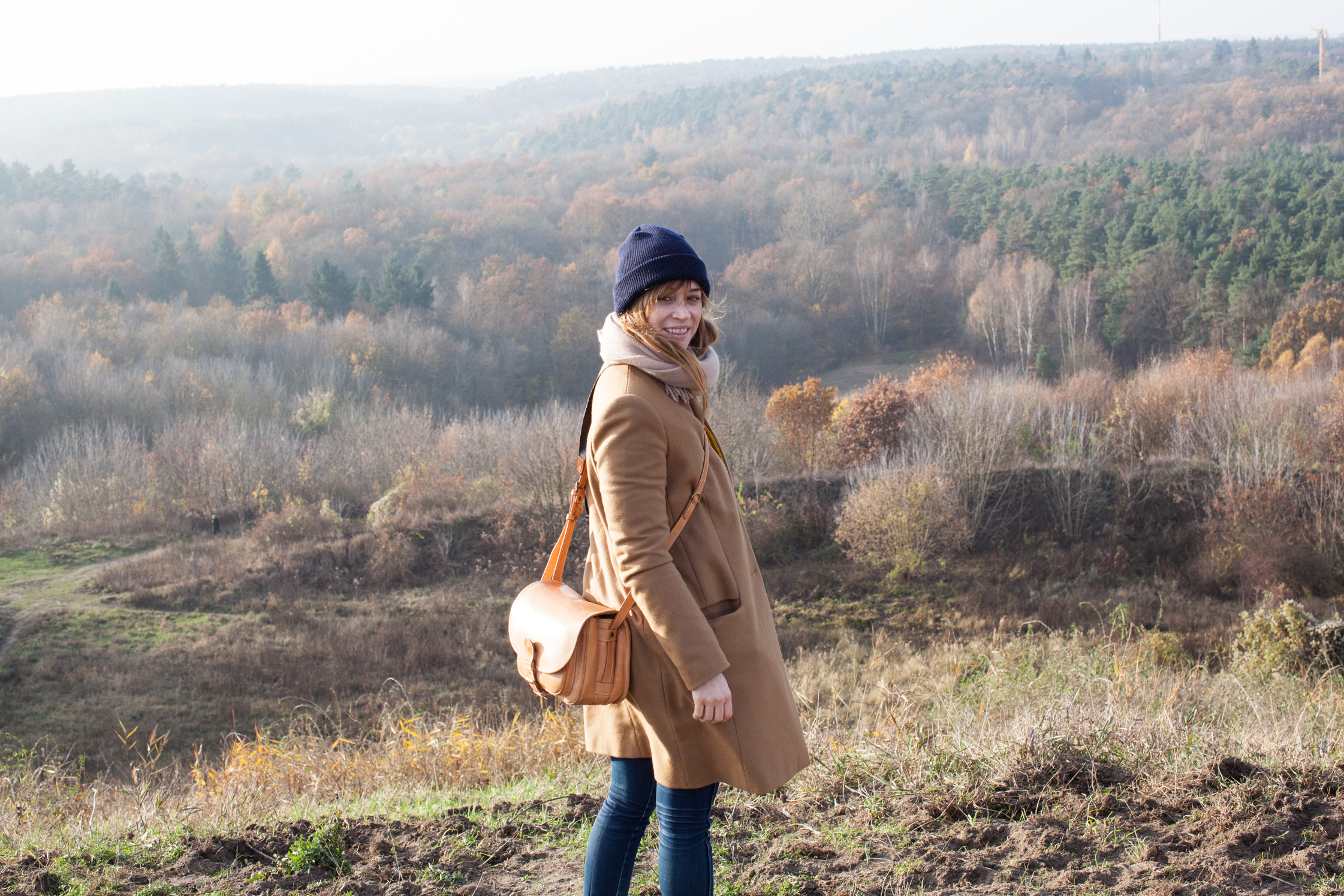
Visit Linda’s website for more info about her work and what she does for a living.
This portrait is part of our series “Friends Of Cars” in collaboration with Spiegel Online. See the second part of the story on their website.
Read more interviews with interesting individuals in Berlin.
Photography: Julia Grossi
Text: Kai Kolwitz & Marietta Auras
